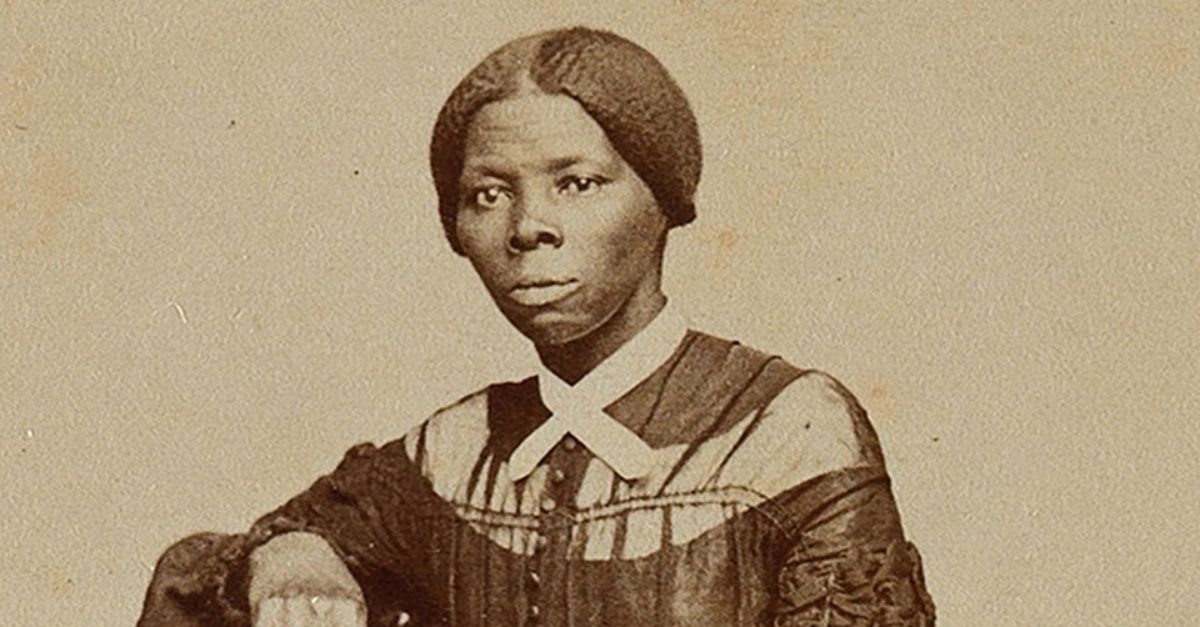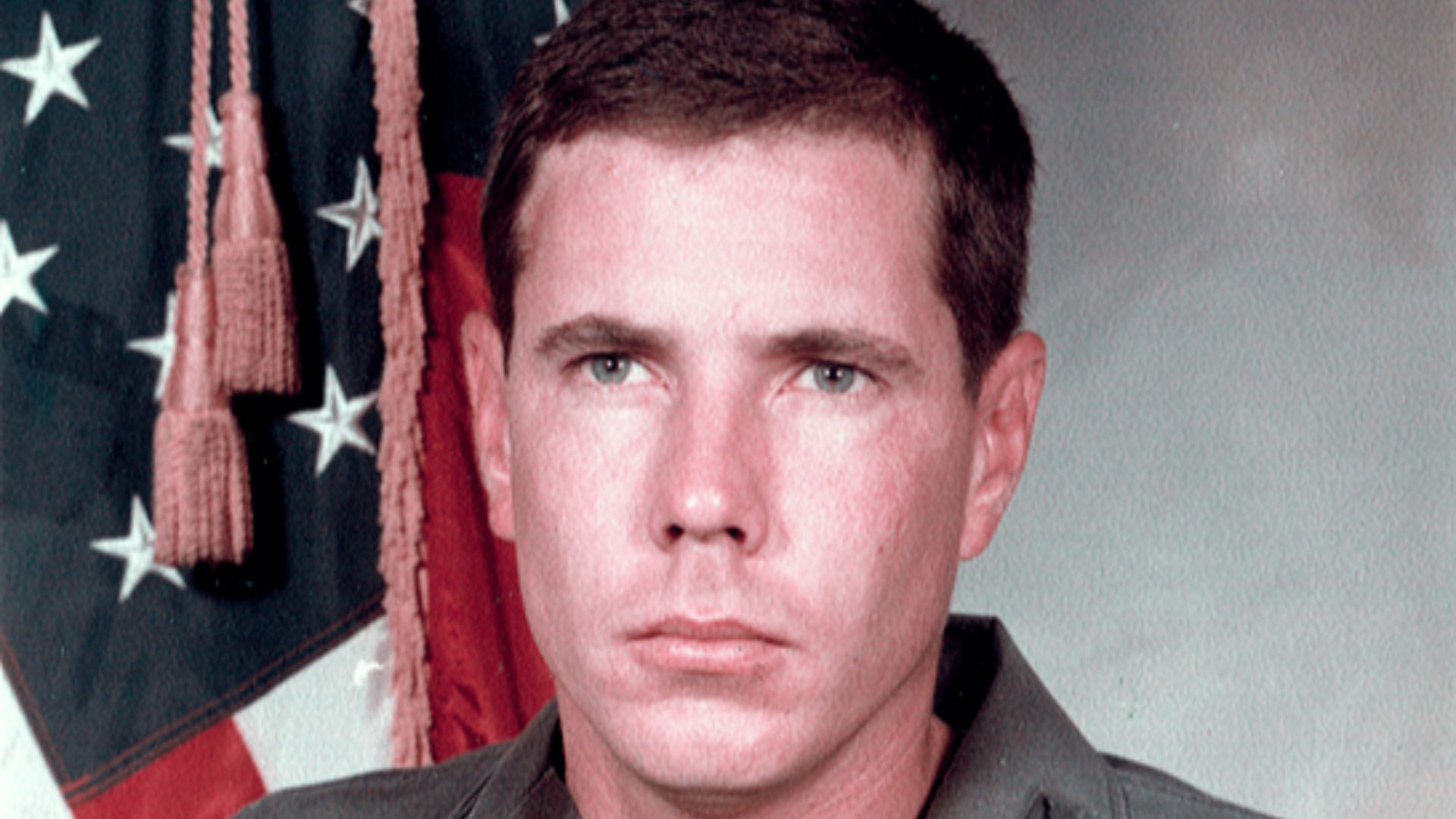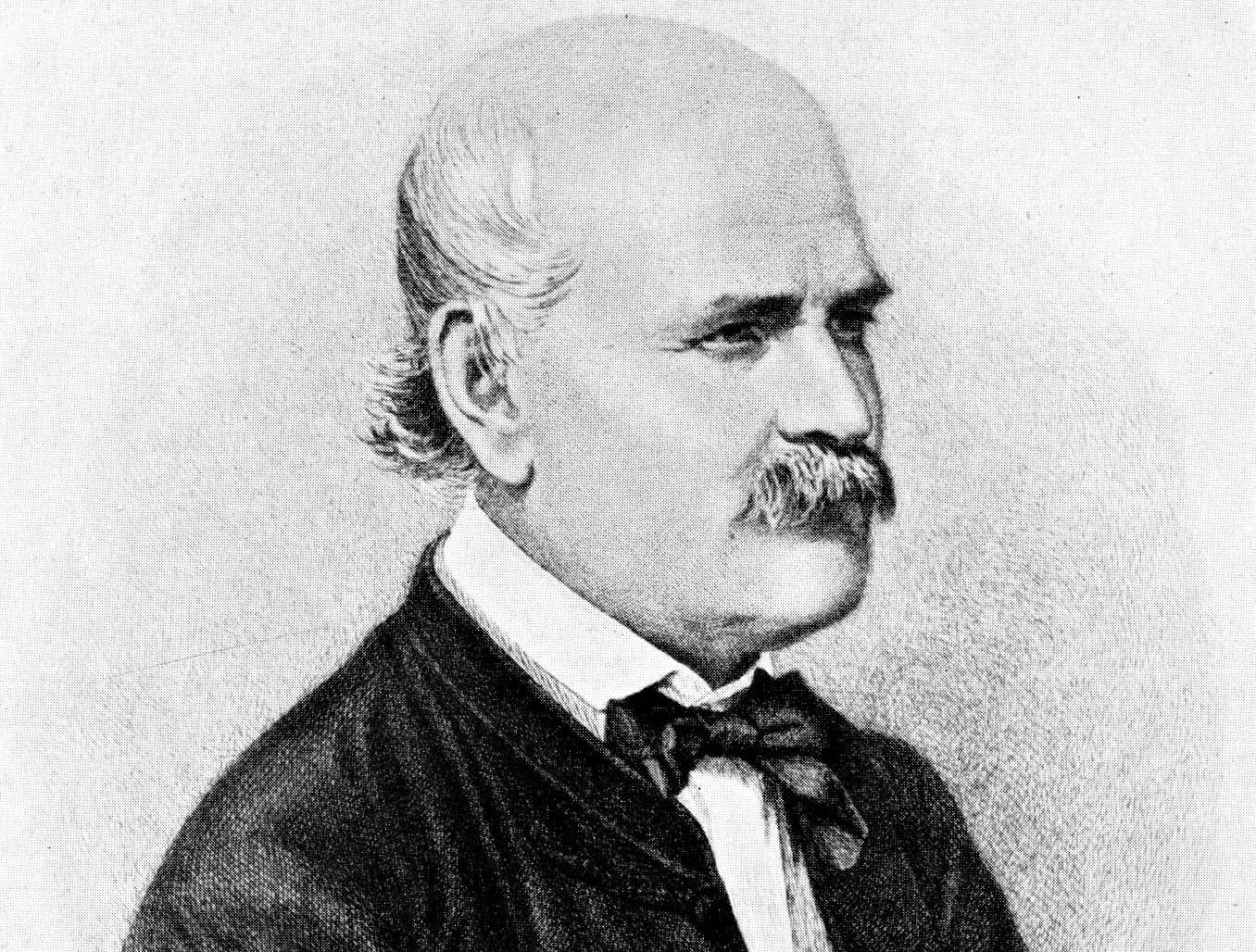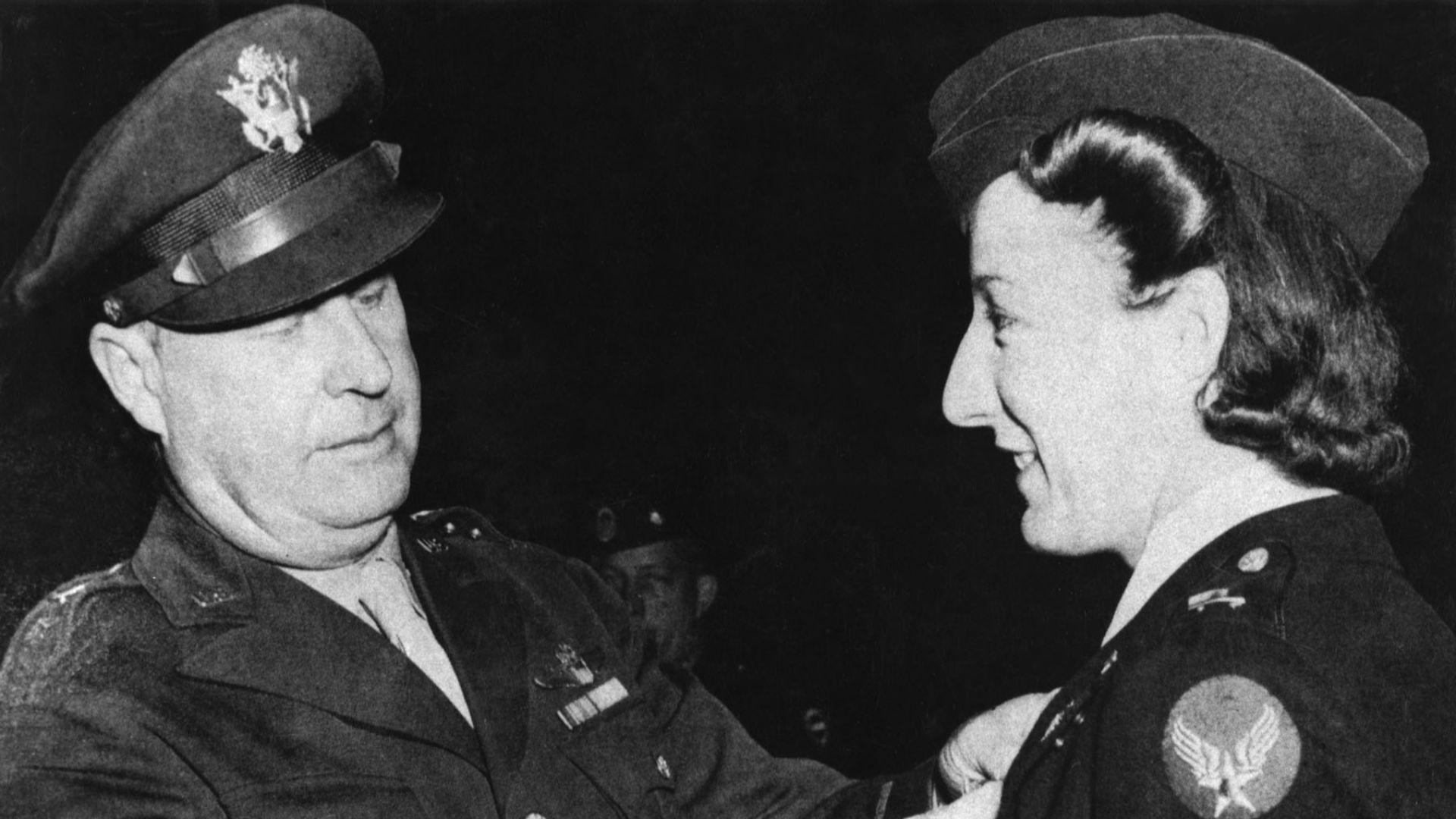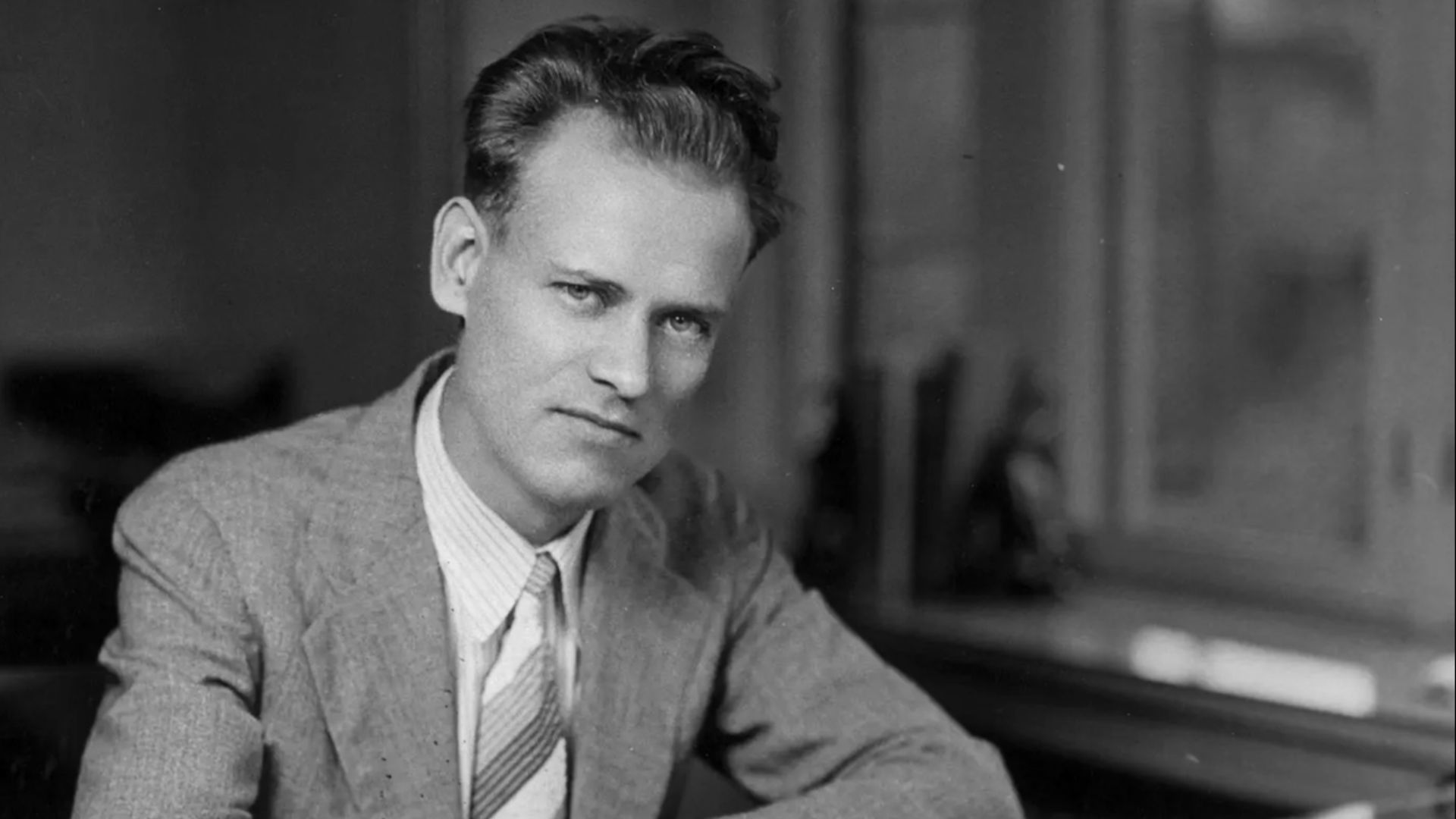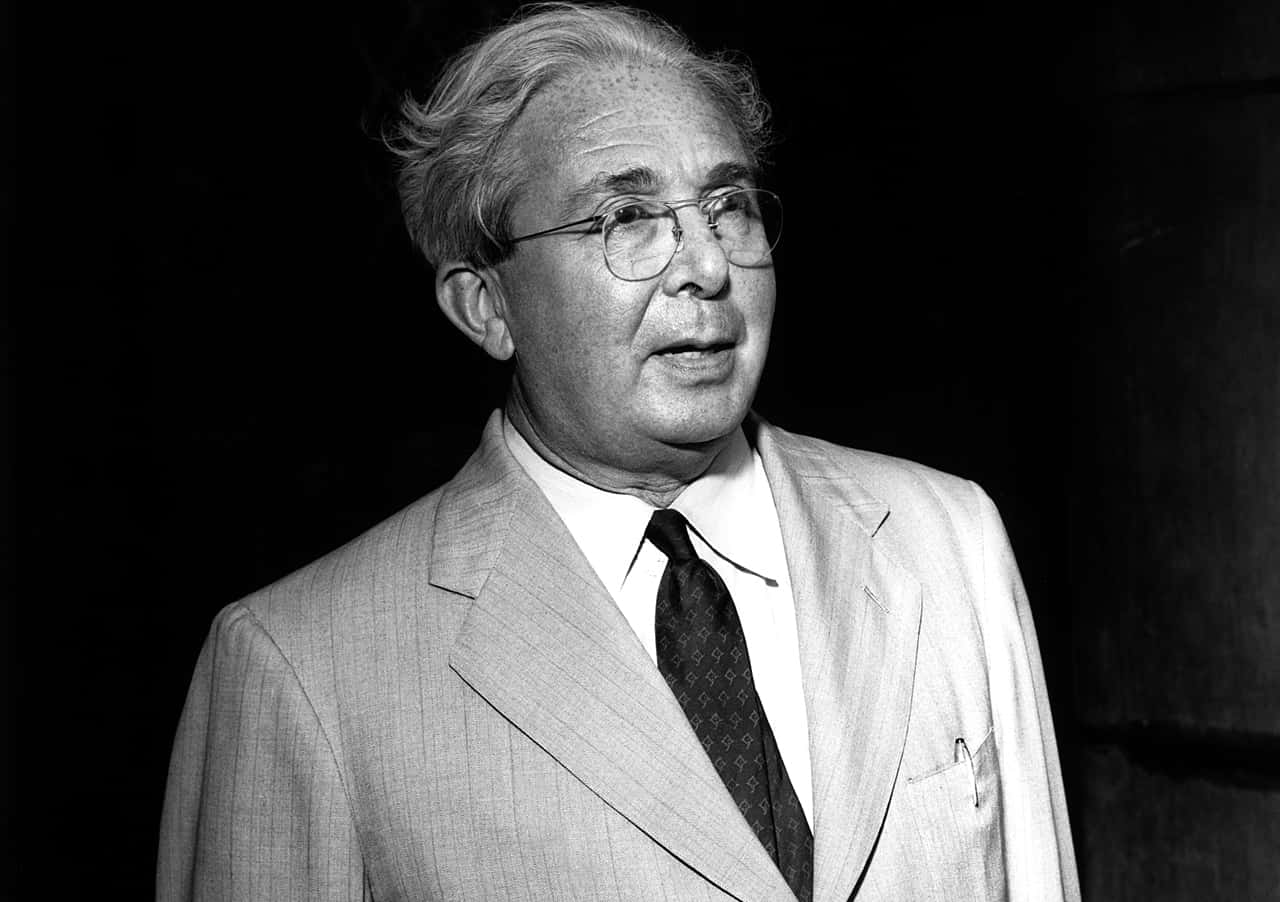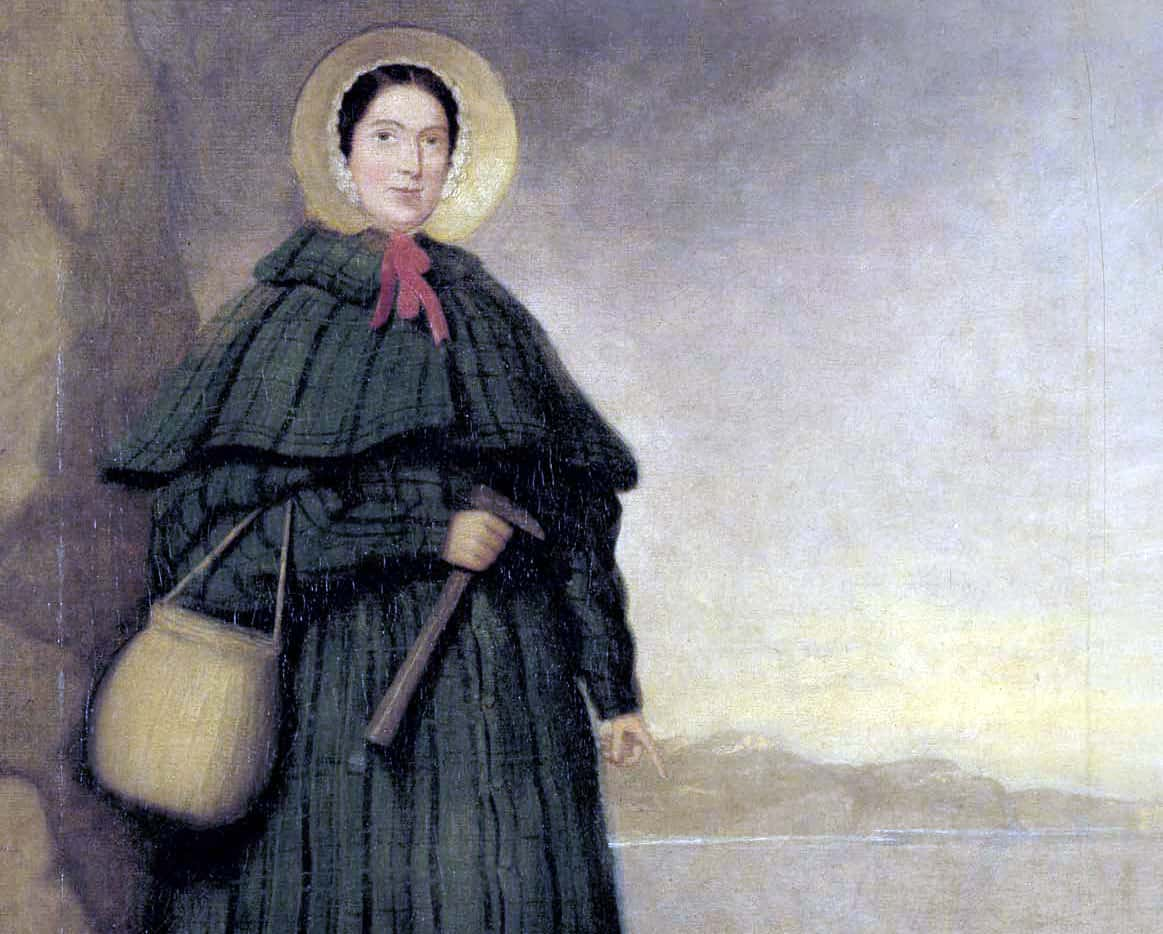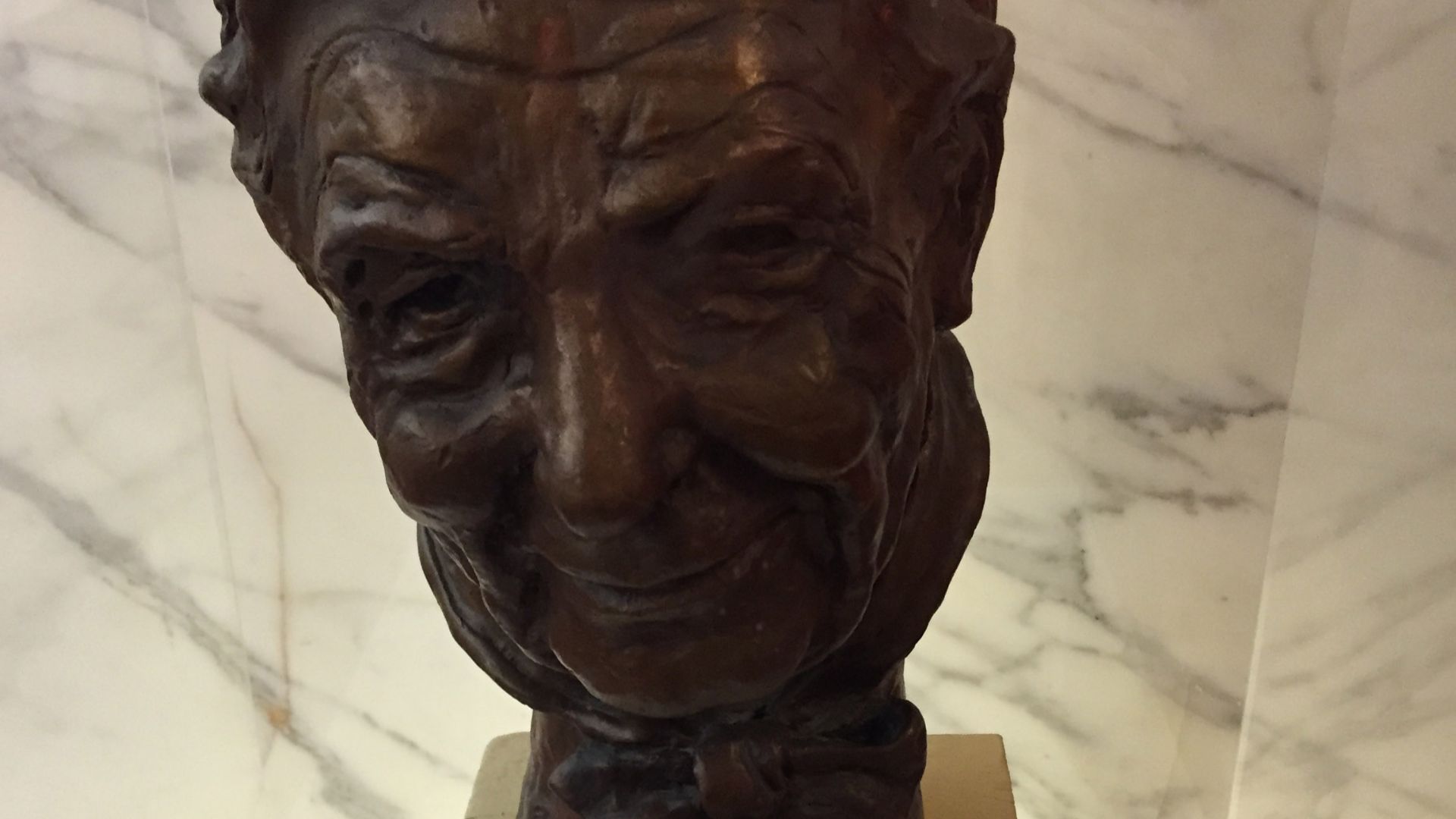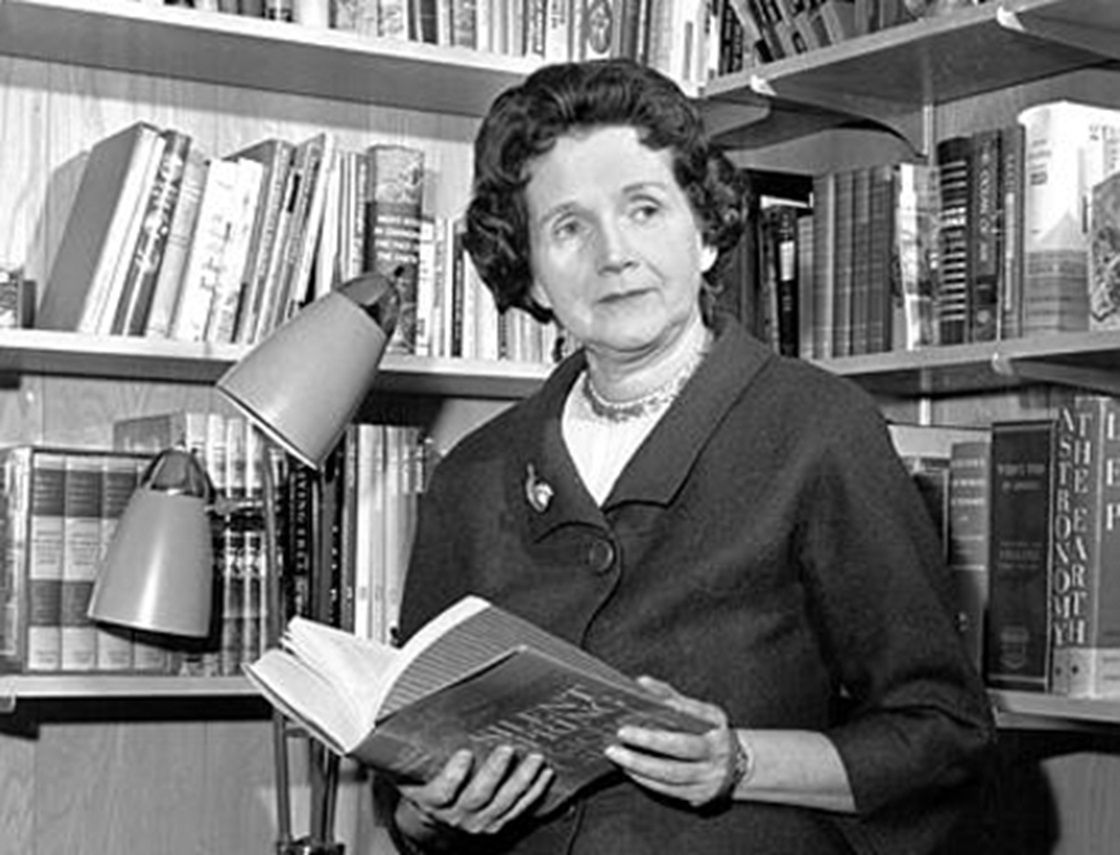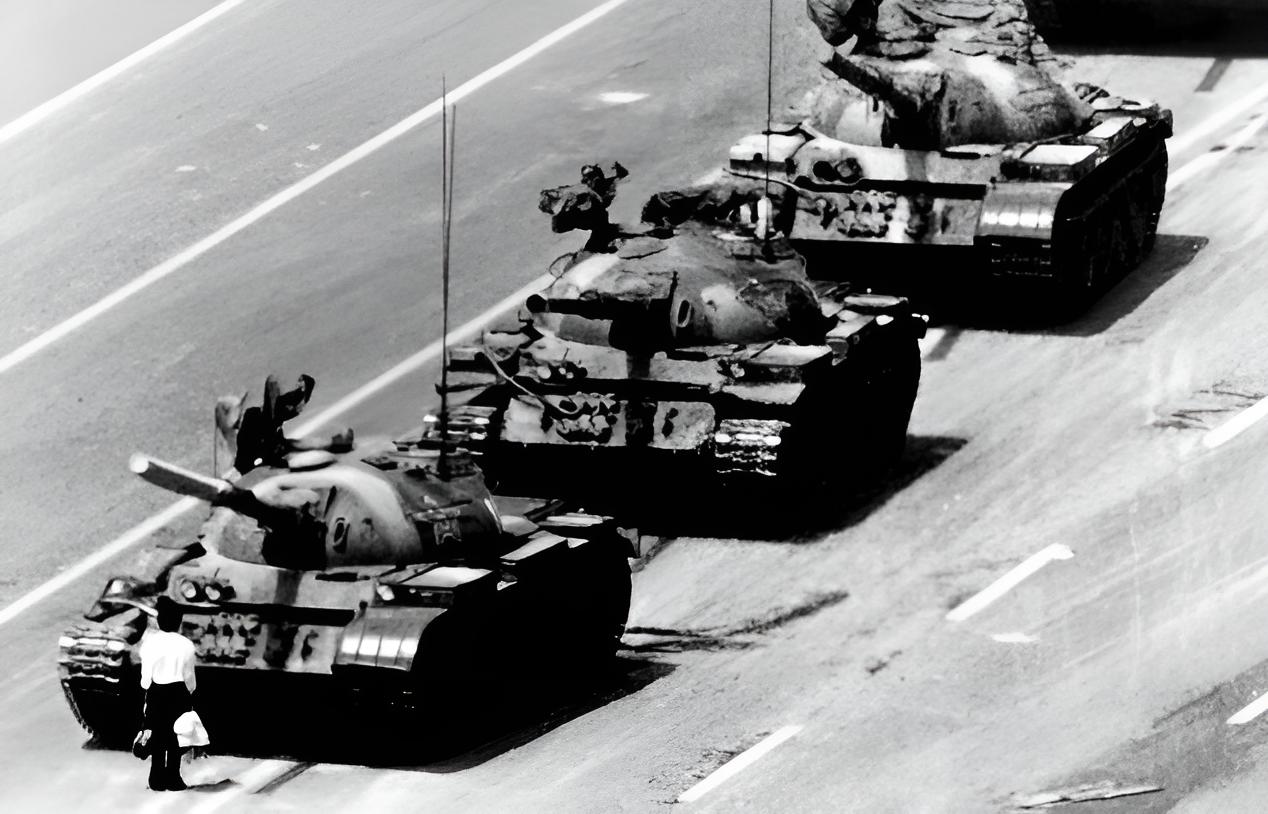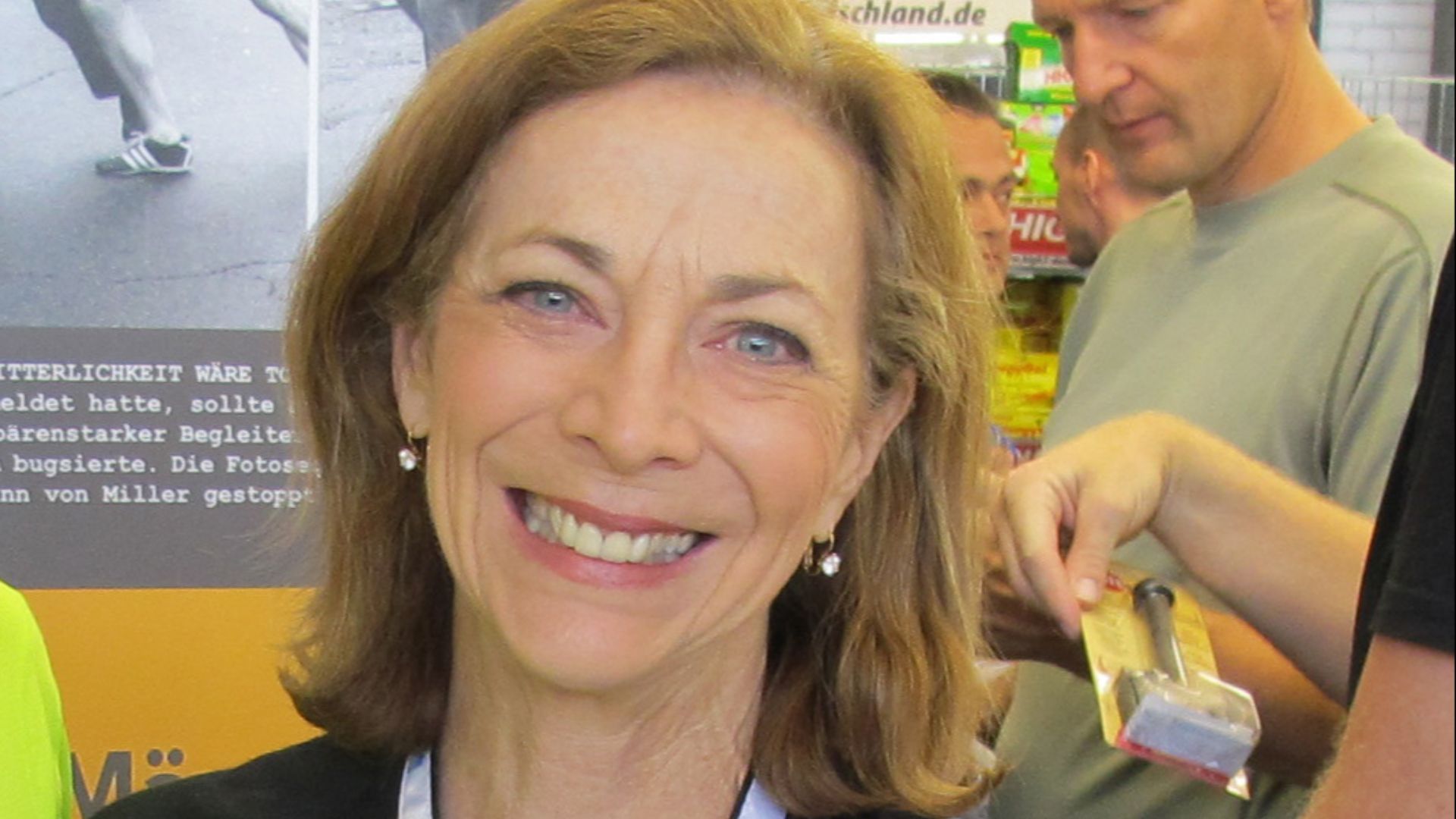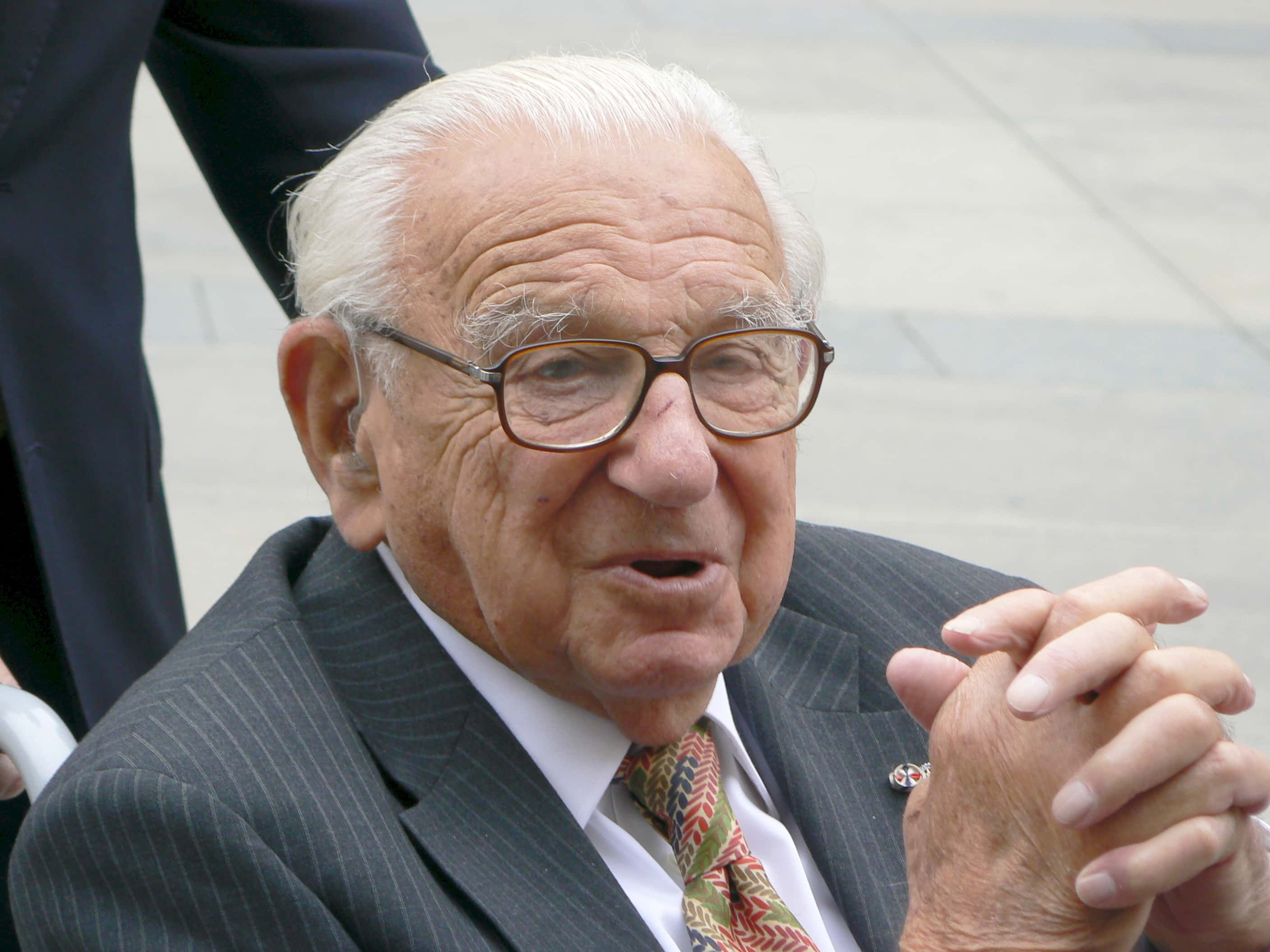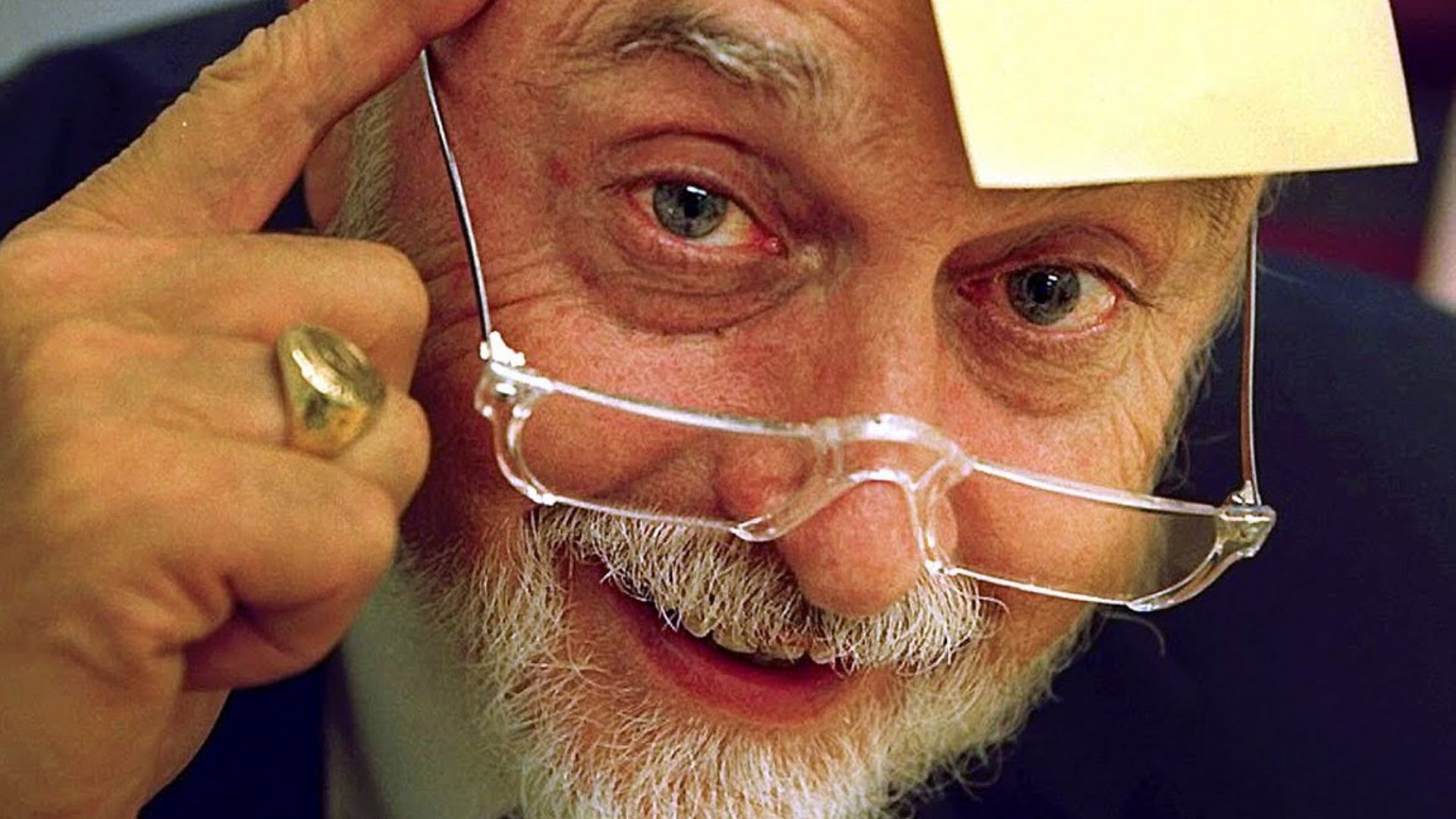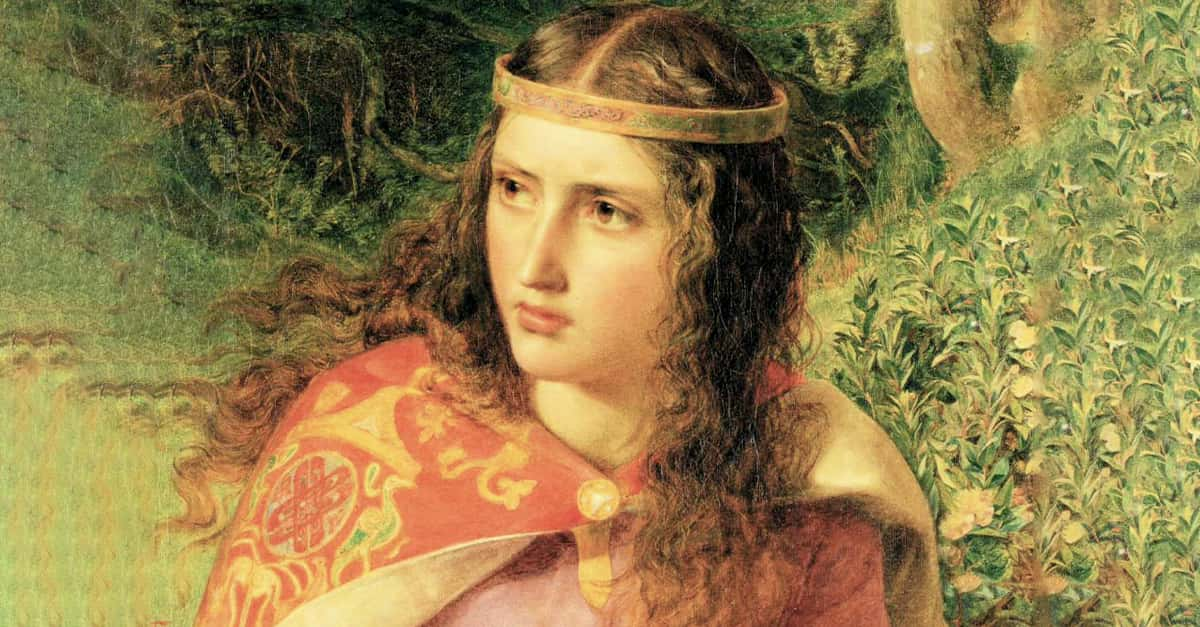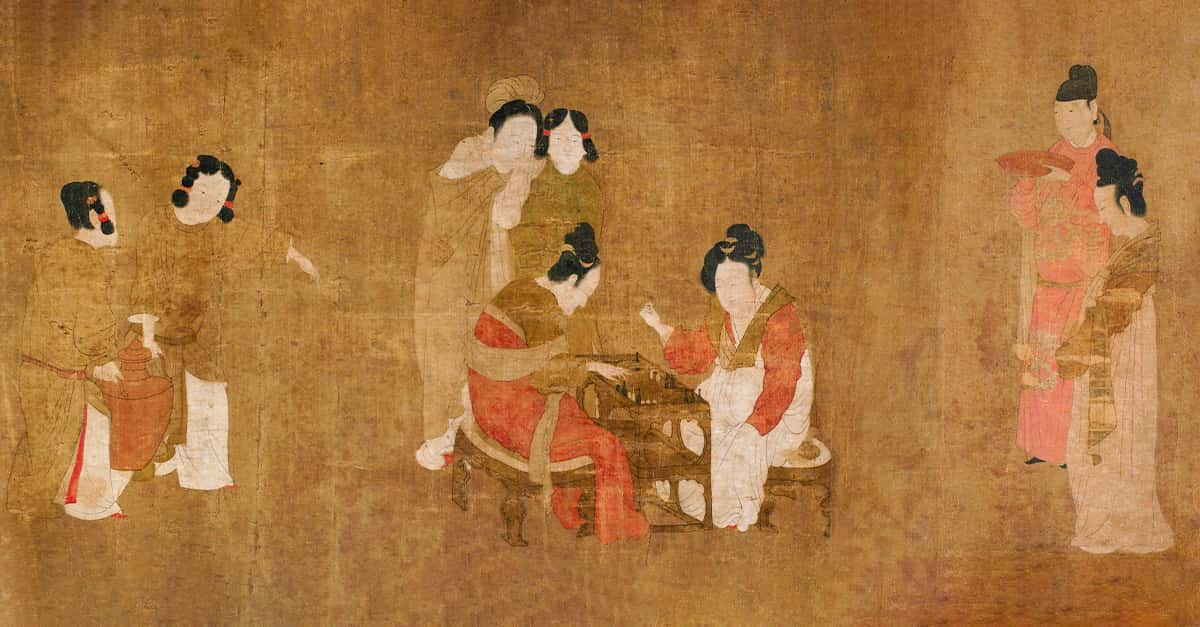The Ripple Starts Small
History doesn't always wait for leaders to act. Sometimes, it moves because someone asks a question (or doesn't). These are the moments when regular people, often by accident, push the world in new directions.

Gavrilo Princip
He was nineteen, a frail student carrying both tuberculosis and a revolver. On a Sarajevo street, Gavrilo Princip fired two shots at Archduke Franz Ferdinand. The assassination set off a chain of alliances and declarations. Within weeks, Europe plunged into war, but he passed away in prison, forgotten by many.
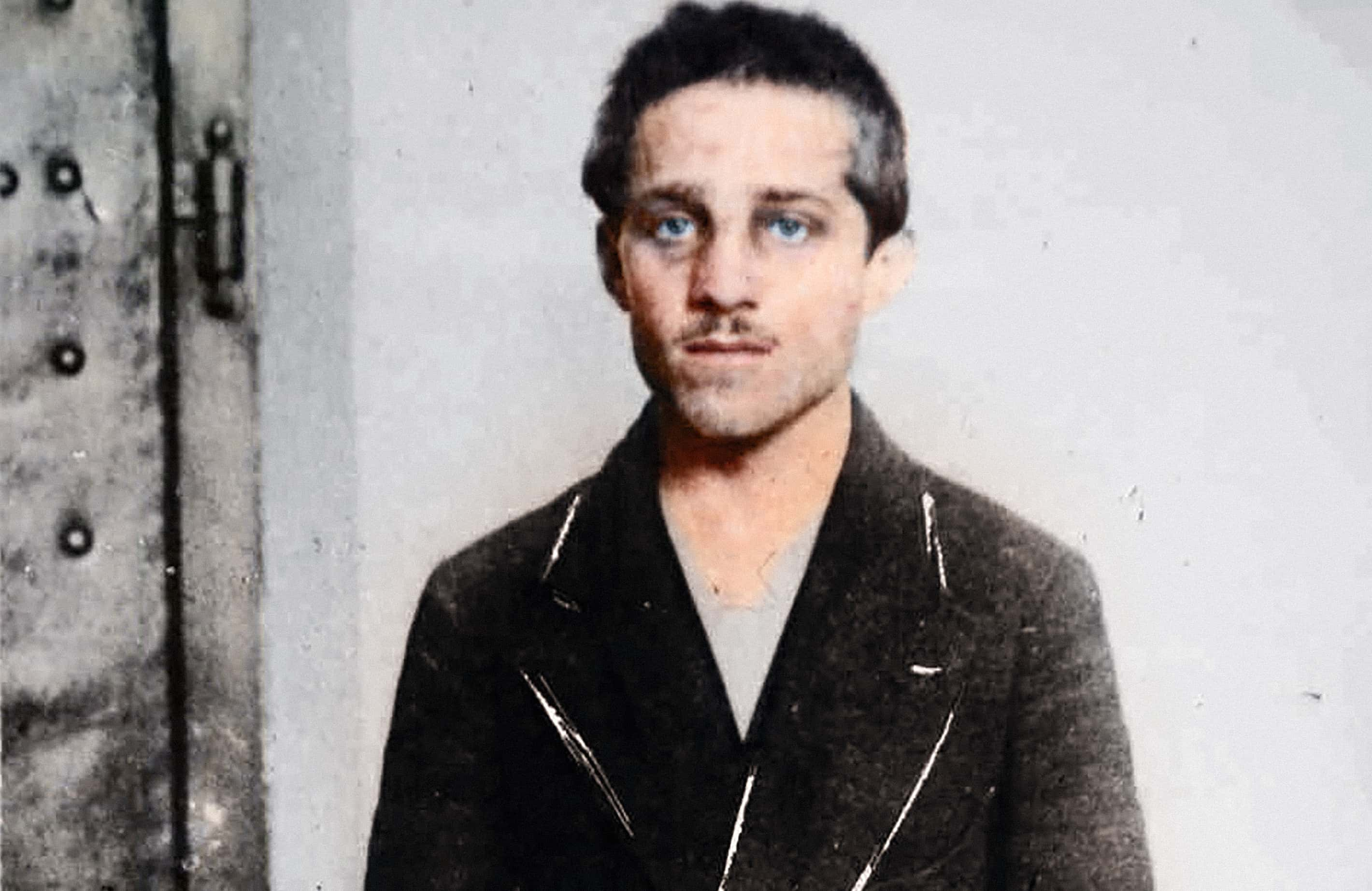 Mario Brvic, CC BY-SA 4.0, Wikimedia Commons
Mario Brvic, CC BY-SA 4.0, Wikimedia Commons
Claudette Colvin
When she was just fifteen, Claudette Colvin stood her ground and did not relinquish her seat to a white woman on a bus in Montgomery. She was handcuffed and dismissed as a troublemaker. Yet her case became key in the legal fight against segregation. Her defiance quietly paved the way forward.
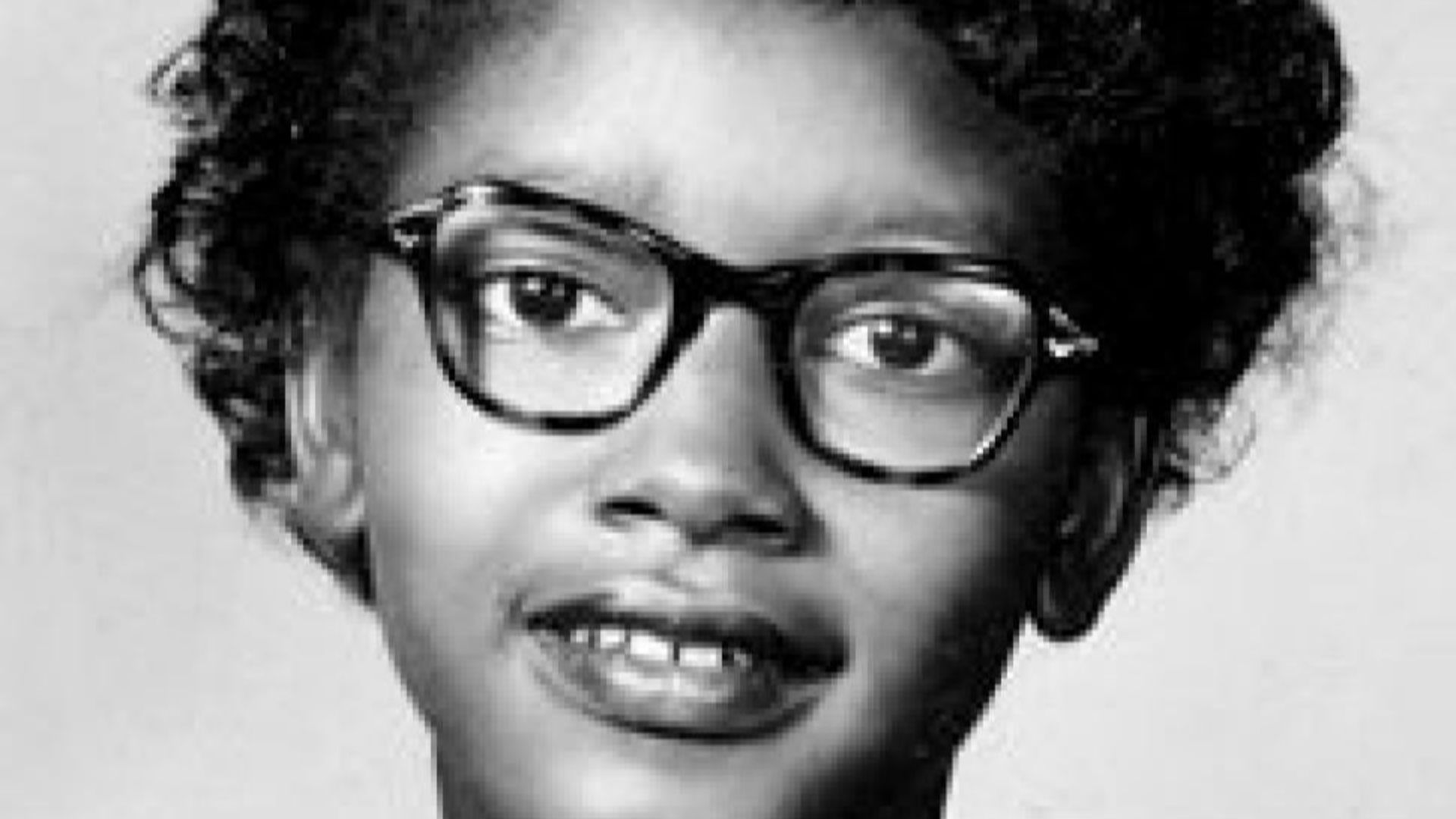 The Visibility Project, Claudette Colvin, Wikimedia Commons
The Visibility Project, Claudette Colvin, Wikimedia Commons
Stanislav Petrov
In 1983, Soviet officer Stanislav Petrov saw missile alerts flashing across his screen. Protocol demanded retaliation, but he hesitated. He trusted his instincts and judged it a false alarm—and he was right. His quiet decision may have spared the world. Nevertheless, he lived out his days in near anonymity.
 Queery-54, CC BY-SA 4.0, Wikimedia Commons
Queery-54, CC BY-SA 4.0, Wikimedia Commons
James Harrison
James Harrison survived chest surgery at fourteen and vowed to donate blood. That’s when doctors discovered that his plasma carried rare antibodies that prevented Rhesus disease in newborns. He donated plasma for over sixty years—typically every two weeks. His commitment helped save the lives of millions of babies.
 picture alliance , Getty images
picture alliance , Getty images
Hugh Thompson Jr
Hovering above My Lai in 1968, pilot Hugh Thompson Jr. saw American troops attacking unarmed civilians. He landed his helicopter between them and ordered his gunners to protect the villagers if needed. Though shunned for years, he later gained recognition for speaking out when others stayed silent.
Ignaz Semmelweis
In 1847, Ignaz Semmelweis noticed that women died less when doctors washed their hands. He linked dirty hands to childbed fever. His colleagues laughed and eventually fired him. But years later, germ theory proved him right. Sadly, the father of infection control never lived to see redemption.
Vasili Arkhipov
His calm defiance during the Cuban Missile Crisis may have spared humanity from nuclear war. A Soviet submarine was cornered near Cuba in October 1962, and the captain intended to launch a nuclear torpedo. Vasili Arkhipov, second-in-command, refused. His veto held, and the weapon remained unfired.
 Olga Arkhipova, CC BY-SA 4.0, Wikimedia Commons
Olga Arkhipova, CC BY-SA 4.0, Wikimedia Commons
Elsie Ott
With only 24 hours’ notice, nurse Elsie Ott boarded a 1943 flight from Karachi to Washington, escorting five seriously ill patients. She had never flown before. Her detailed report after the mission reshaped military medevac protocols and transformed how nations transported the wounded across continents.

History's most fascinating stories and darkest secrets, delivered to your inbox daily.
Franz Reichelt
His fall was recorded on film, a haunting moment in aviation history. In 1912, Franz Reichelt jumped from the Eiffel Tower wearing a parachute suit of his design, but it failed. The tragedy prompted officials to rethink safety standards and advance personal flight protection.
 Unknown Author, Wikimedia Commons
Unknown Author, Wikimedia Commons
Larry Walters
Like the movie Up, airline pilots spotted a man drifting at 16,000 feet in a lawn chair. Larry Walters, a truck driver, had launched himself skyward using 42 weather balloons, and he carried a pellet gun to descend. This 1982 stunt brought FAA penalties and spurred new aviation regulations.
 LARRY WALTERS - Interview with David Letterman (1982) by Overnight Drive
LARRY WALTERS - Interview with David Letterman (1982) by Overnight Drive
Karen Silkwood
A technician at Kerr-McGee, Karen Silkwood, gathered proof of radiation leaks and unsafe practices. She never attended the meeting where she planned to share her evidence, and her car crashed under suspicious circumstances. The missing documents sparked investigations that changed nuclear safety oversight in America.
Rosalind Franklin
Rosalind Franklin’s passing came before recognition ever did. Her X-ray image, recorded with exceptional precision, held the structural secret of DNA, which Watson and Crick used without her knowledge. Only years later did science fully credit her as essential to unlocking life's genetic blueprint.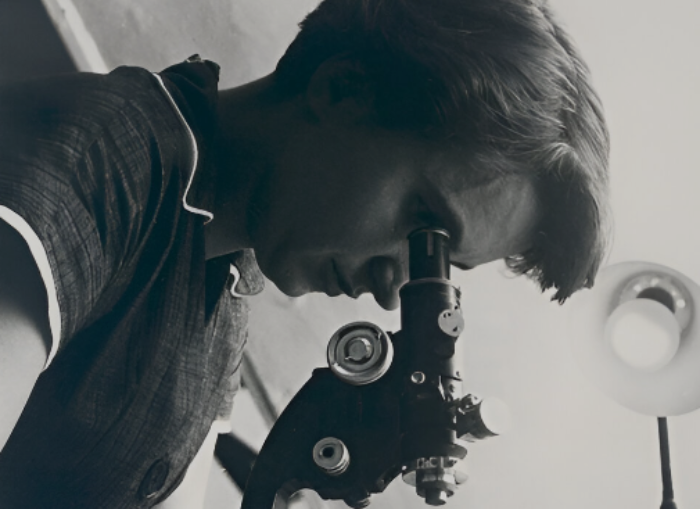 MRC Laboratory of Molecular Biology, CC BY-SA 4.0, Wikimedia Commons
MRC Laboratory of Molecular Biology, CC BY-SA 4.0, Wikimedia Commons
Jeanne Manford
Her quiet bravery made headlines in 1972. Jeanne Manford walked beside her gay son during a pride parade, an act few parents dared to attempt. People took notice. And that single walk became the foundation for PFLAG, a national support network for LGBTQ+ families and allies.
 Presidential Citizens Medal 2012 — Jeanne Manford by The Obama White House
Presidential Citizens Medal 2012 — Jeanne Manford by The Obama White House
Harriet Quimby
Harriet Quimby earned her pilot's license in 1911—a first for an American woman. Then, a year later, the pioneer flew solo across the English Channel, but the feat barely made headlines, overshadowed by the Titanic's sinking. Still, her fearless flight helped women take to the skies with purpose.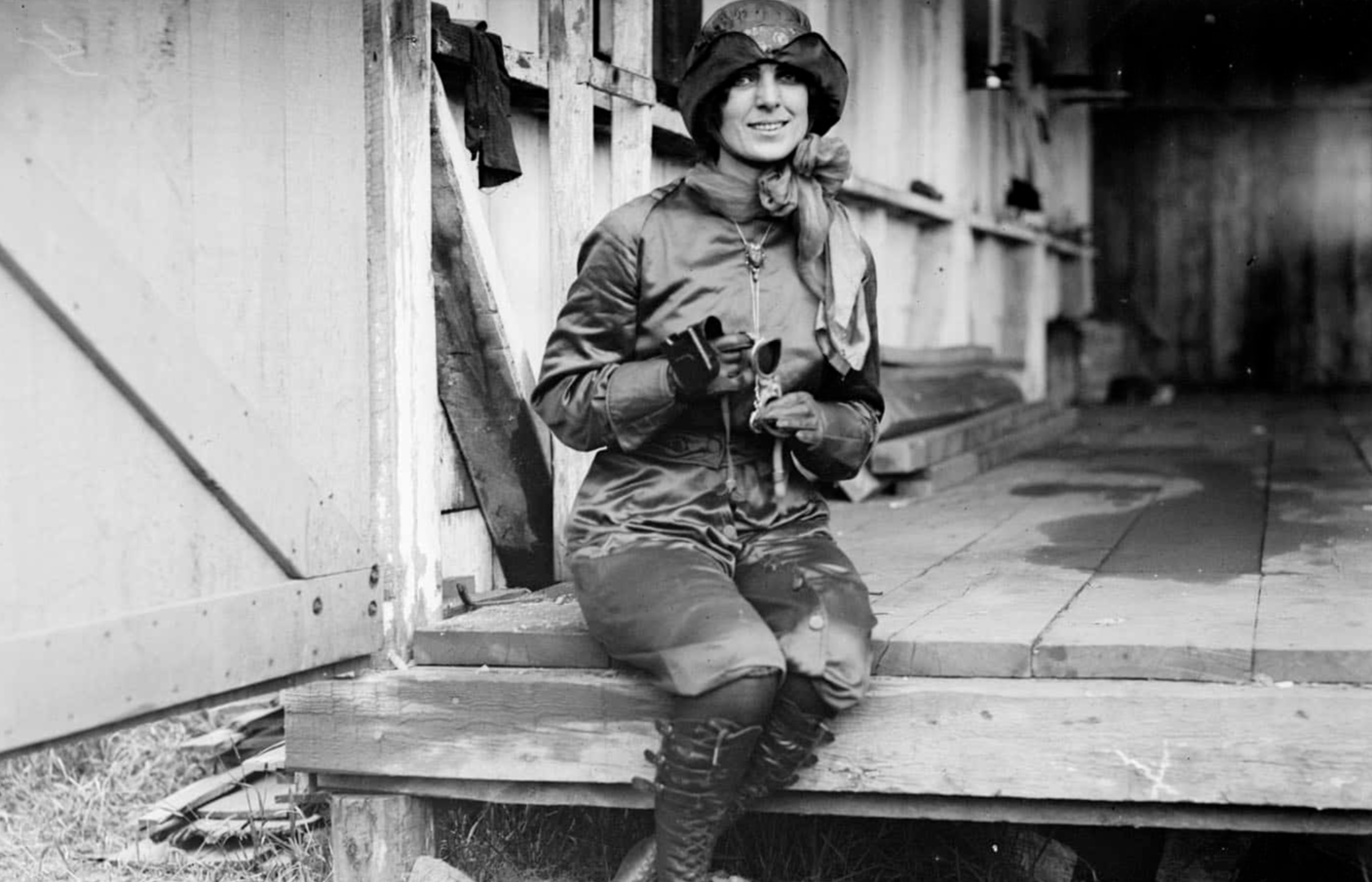 Wikimedia Commons
Wikimedia Commons
Fritz Haber
His life remains one of science's most haunting paradoxes—progress paired with devastation. Fritz Haber's ammonia synthesis fed a starving world, yet the same intellect engineered chemical weapons in World War I. Revered for his innovation and reviled for its consequences, he shaped history in deeply conflicting ways.
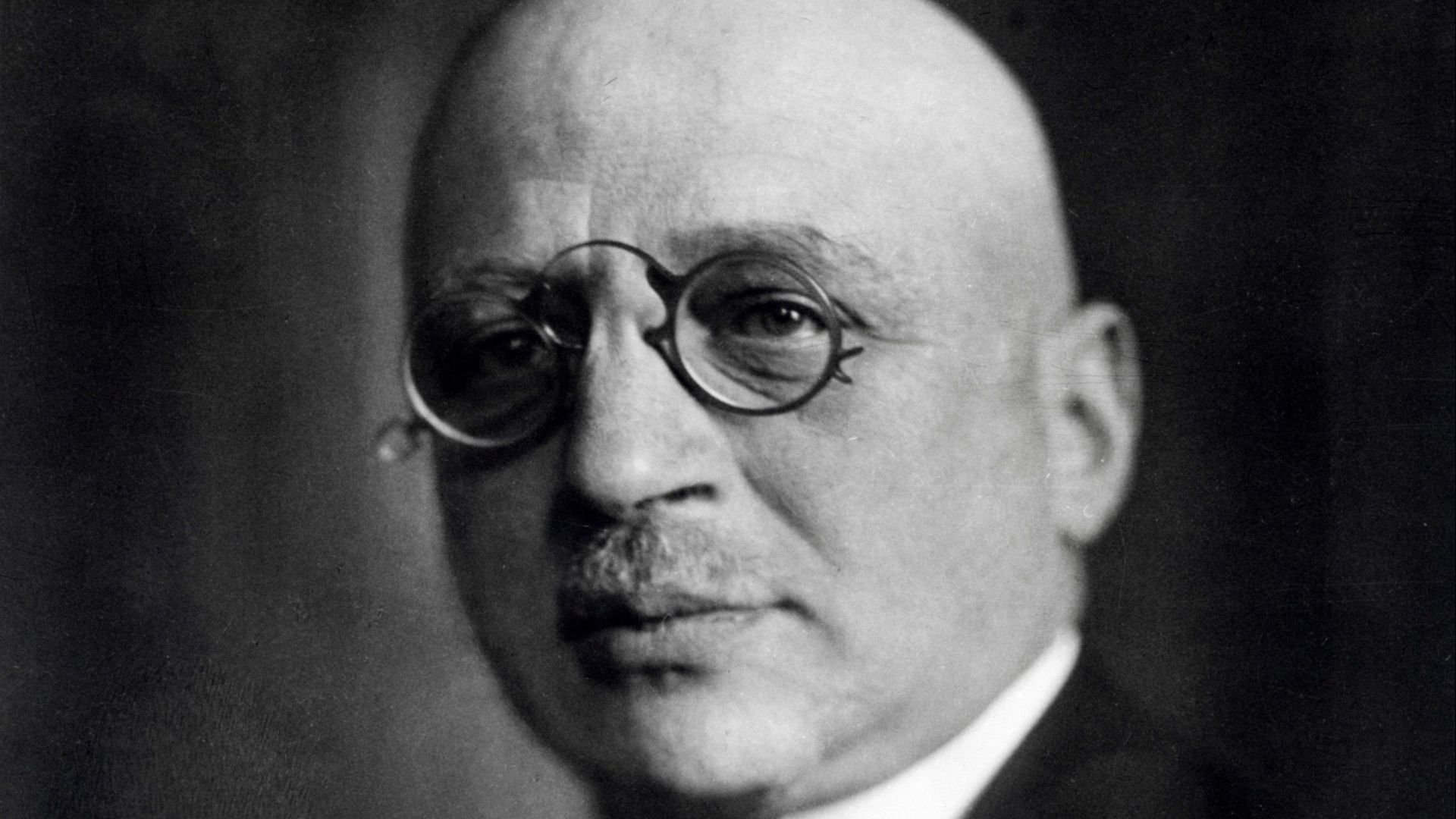 Unknown authorUnknown author, Wikimedia Commons
Unknown authorUnknown author, Wikimedia Commons
John Pemberton
After being wounded in the Civil War and struggling with morphine addiction, pharmacist John Pemberton searched for a remedy. In 1886, he created a syrup he called Coca-Cola, the formula of which he sold before it gained popularity. Which means that he passed away penniless and unaware.
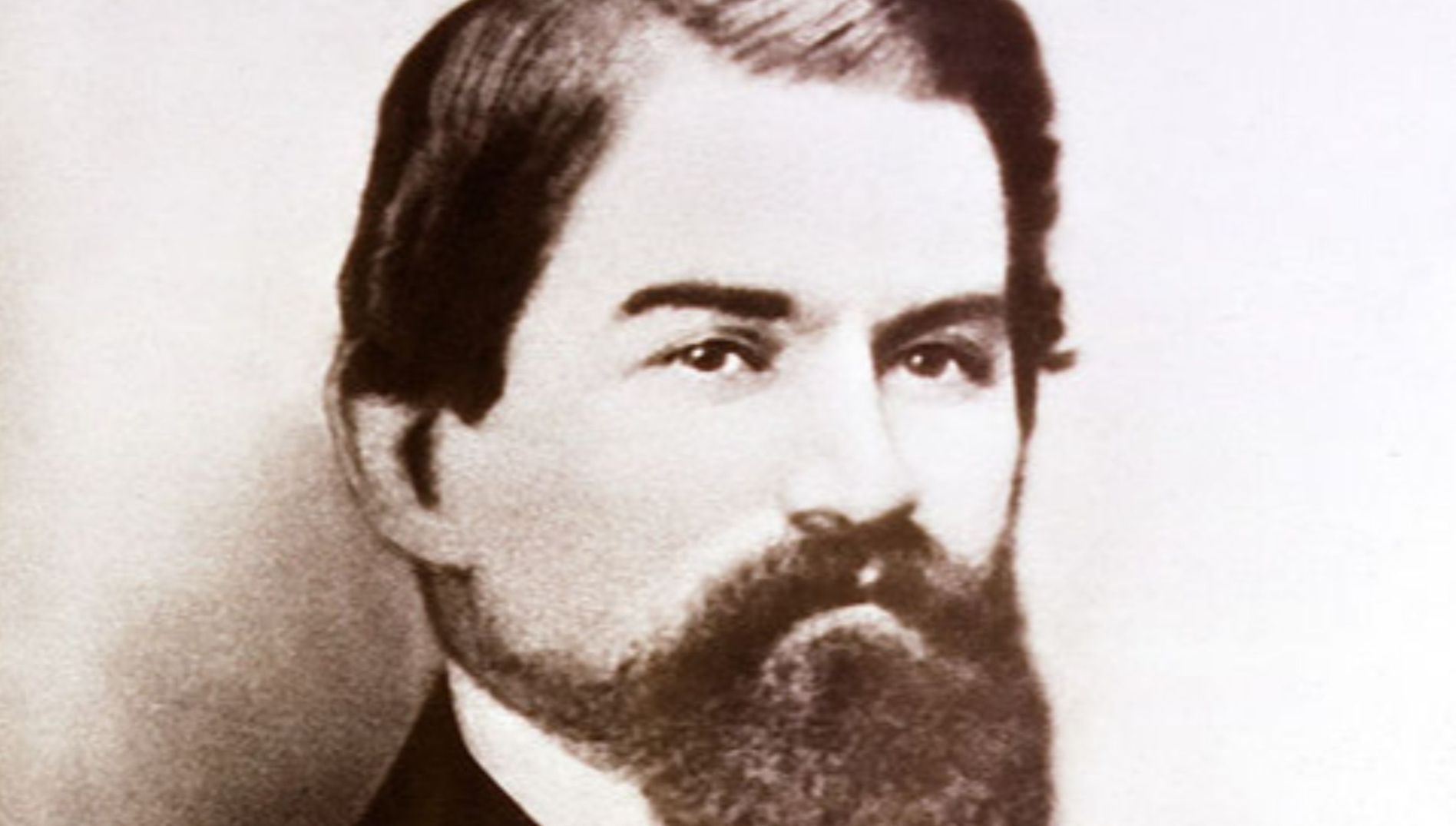 Unknown authorUnknown author, Wikimedia Commons
Unknown authorUnknown author, Wikimedia Commons
Philo Farnsworth
Though largely forgotten today, Philo Farnsworth laid the foundation for modern television. At just 14, he imagined how to send moving images using electricity. Years later, he built the first fully electronic TV system. RCA used his work without credit, which triggered long and bitter legal battles.
Henrietta Lacks
Doctors took Henrietta Lacks' cells without asking, but unlike other samples, hers multiplied indefinitely. Her HeLa cells fueled breakthroughs in cancer and medical research. For decades, her family knew nothing, but her case changed how the world thinks about bioethics and scientific responsibility.
Leo Szilard
One letter altered history. Leo Szilard, a Hungarian physicist, persuaded Einstein to write to President Roosevelt in 1939. That letter? It led to the Manhattan Project. Szilard envisioned the concept of a nuclear chain reaction. Although his ideas helped initiate the project, he later regretted his involvement and advocated for strict control.
Ali Maow Maalin
He wasn't a doctor or a policymaker, just a Somali cook. In 1977, Ali Maow Maalin became the last known person to contract smallpox. He recovered and then joined public health campaigns. His survival helped mark smallpox's eradication and fueled efforts to eliminate other deadly diseases like polio.
Mary Anning
Male scientists dismissed her at the time, but paleontology was forever reshaped. Mary Anning, a poor and self-taught fossil hunter, discovered the first complete ichthyosaur skeleton along England's Jurassic Coast. Her findings gave science a clearer glimpse into life long before humans ever walked the earth.
Abraham Zapruder
He didn't set out to make history, just film a passing motorcade. Abraham Zapruder's 26-second footage recorded JFK's assassination in 1963. That home movie became key evidence, studied by courts and conspiracy theorists alike. One bystander's camera framed a moment that still divides a nation.
 Abraham Zapruder interview - 1966 by HelmerReenberg
Abraham Zapruder interview - 1966 by HelmerReenberg
Elsie Widdowson
Quiet, methodical sacrifice kept a nation from starvation. Months before Britain faced wartime rationing, Elsie Widdowson and her colleague tested minimal diets on themselves to ensure nutritional sufficiency. Backed by science, their work shaped rationing policies that helped Britain endure food shortages during WWII.
Rachel Carson
Before most people questioned chemicals, she questioned silence. Marine biologist Rachel Carson wrote Silent Spring in 1962, a groundbreaking book that warned about the dangers of pesticide overuse. Chemical companies attacked her, but lawmakers listened. Her evidence-based voice ignited environmental reforms and helped create the EPA.
Tank Man
He never gave a name, and no one knows what happened after. But in 1989, one man stood before a column of tanks in Beijing after the Tiananmen Square protests. The protests, which had lasted for weeks, were violently suppressed by the Chinese government, leading to multiple deaths. The photograph became a worldwide symbol of resistance.
Larry Tesler
If you've ever copied or pasted anything, thank Larry Tesler. A computer scientist at Xerox PARC, he introduced modeless computing and simplified human-computer interaction. His innovations became digital reflexes. Few remember his name, but every user benefits from the usability revolution he helped spark.
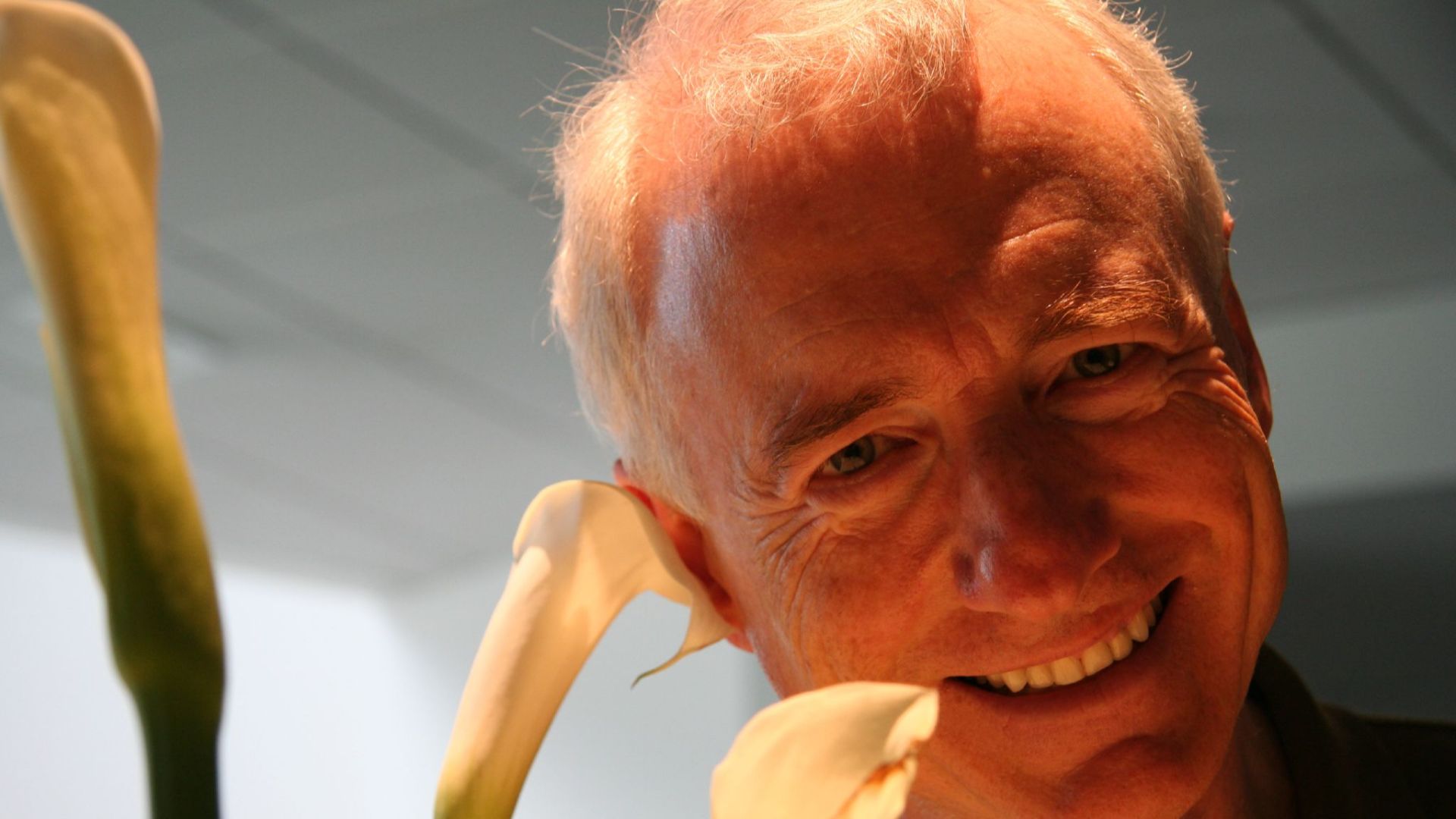 Yahoo! Blog from Sunnyvale, California, USA, Wikimedia Commons
Yahoo! Blog from Sunnyvale, California, USA, Wikimedia Commons
Kathrine Switzer
Kathrine Switzer had entered the 1967 Boston Marathon under the initials "K.V. Switzer," knowing women weren't yet welcome. A race official lunged to stop her, but she kept going. Her determined finish became a milestone. That day, the path forward widened for women in competitive running.
Peter Norman
At the 1968 Olympics, Peter Norman stood beside Tommie Smith and John Carlos, wearing a human rights badge. He didn't raise a fist, but his quiet support was unmistakable. Australia later shunned him, yet history recognized his stance as a defining act of sports solidarity.
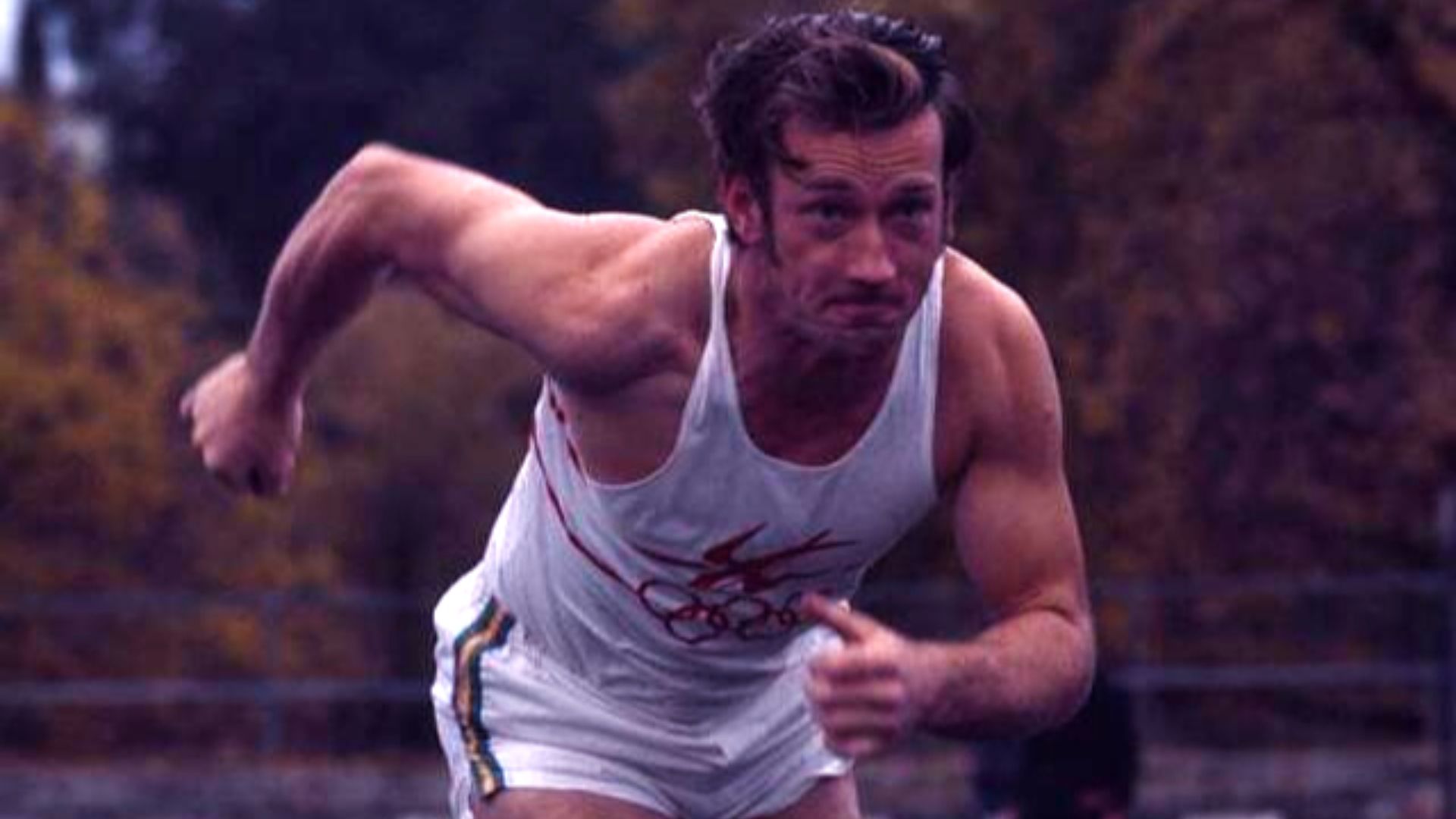 Australian News and Information Bureau, Wikimedia Commons
Australian News and Information Bureau, Wikimedia Commons
Addie Mae Collins
In 1963, the bombing of Birmingham’s 16th Street Baptist Church killed four girls; among them was 14-year-old Addie Mae Collins. The attack drew national outrage and helped intensify calls for civil rights reform, adding to pressure already building from events like the March on Washington and JFK’s assassination.
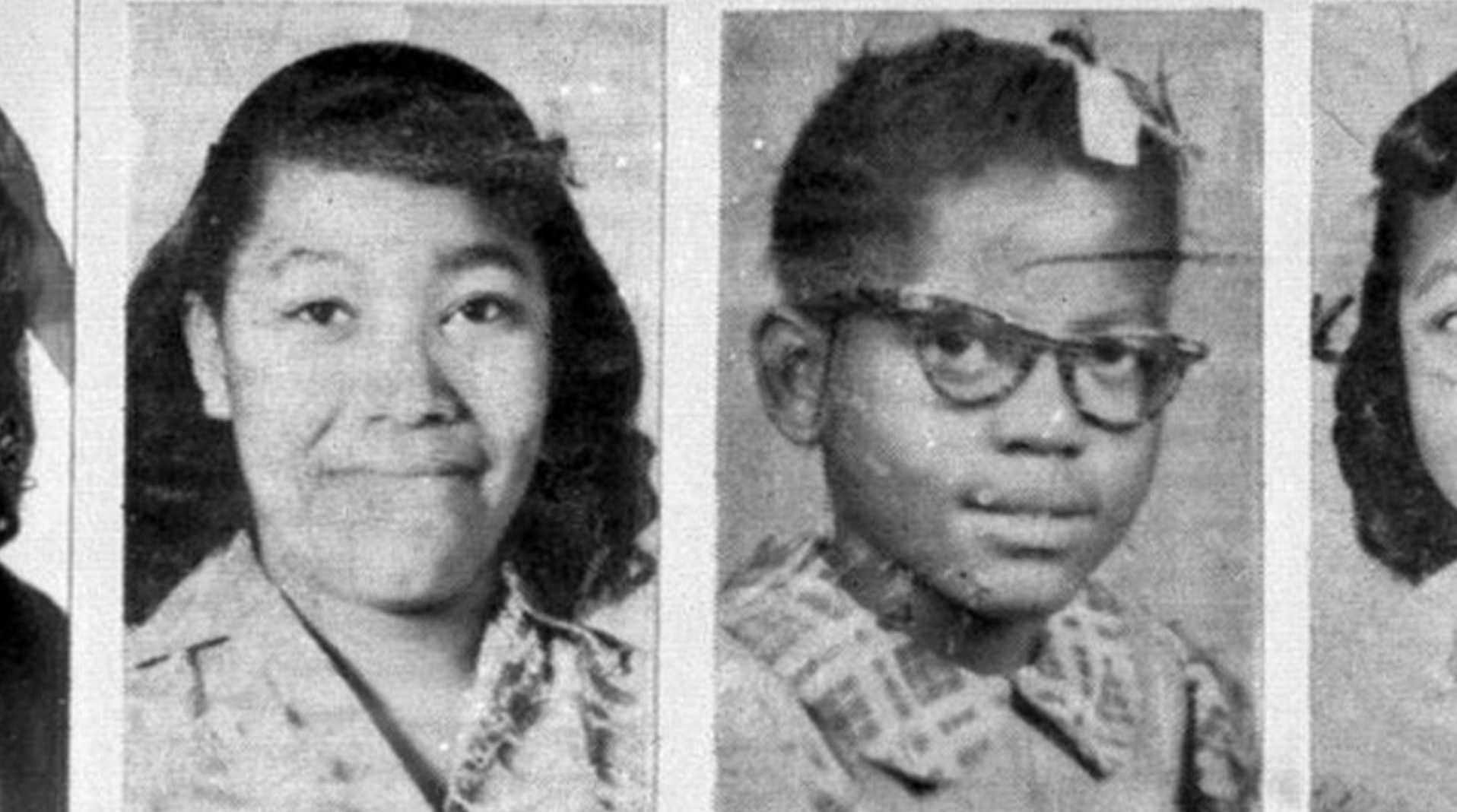 Unknown authorUnknown author, Wikimedia Commons
Unknown authorUnknown author, Wikimedia Commons
John Snow
One insight redraws the map of medicine. In 1854, John Snow traced cholera cases to a single water pump in London. When officials removed the handle, the death rate dropped. While many blamed bad air, his theory on contaminated water reshaped how the disease is studied and contained.
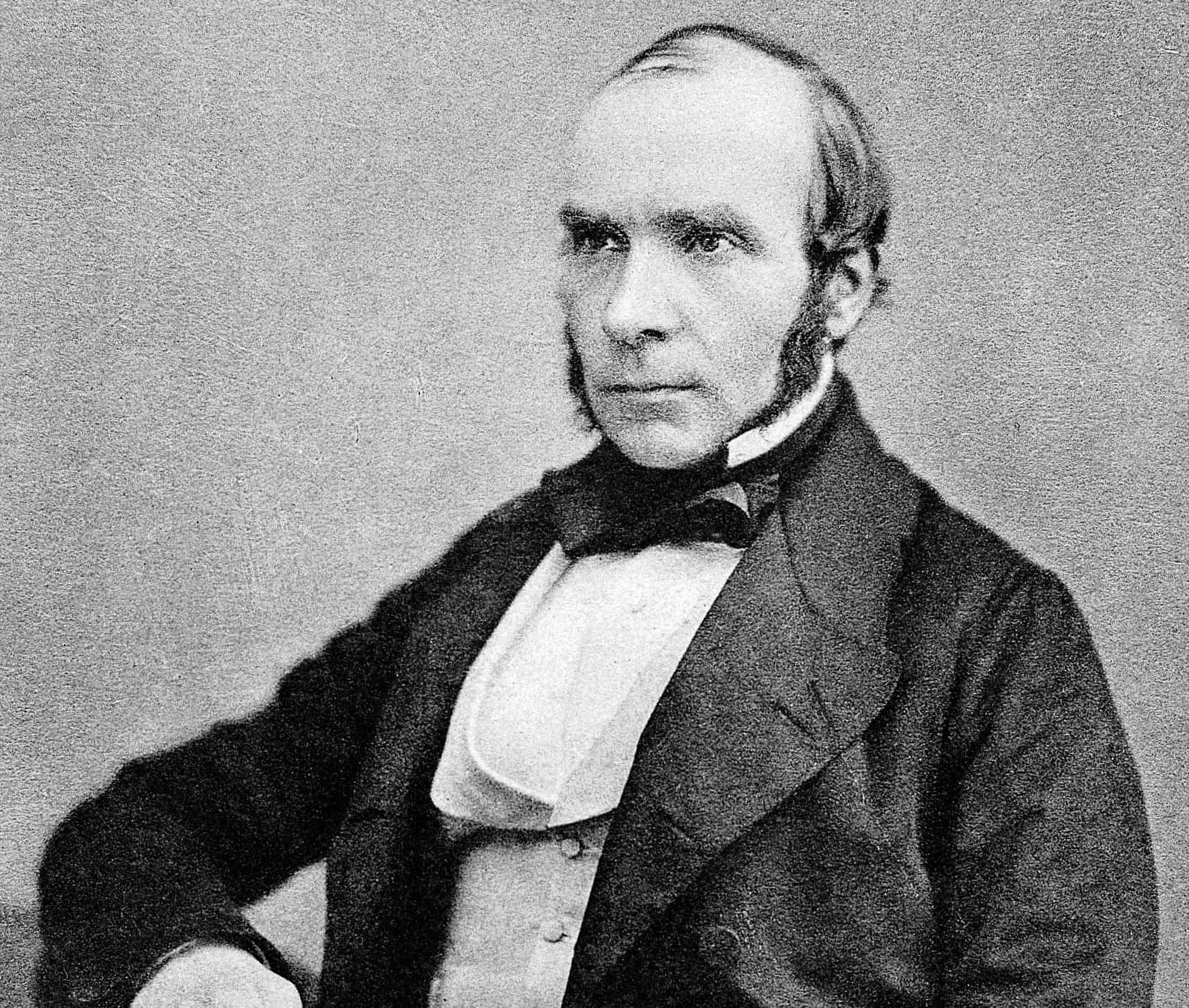 Unknown Author, Wikimedia Commons
Unknown Author, Wikimedia Commons
Rosa Mota
Mota's victories redrew the lines of what female competitors could claim. In 1988, she won Olympic gold, the first Portuguese woman to do so. Her endurance and humility resonated across cultures. Rosa Mota ran in a country that didn't expect women to run that far, and history kept pace.
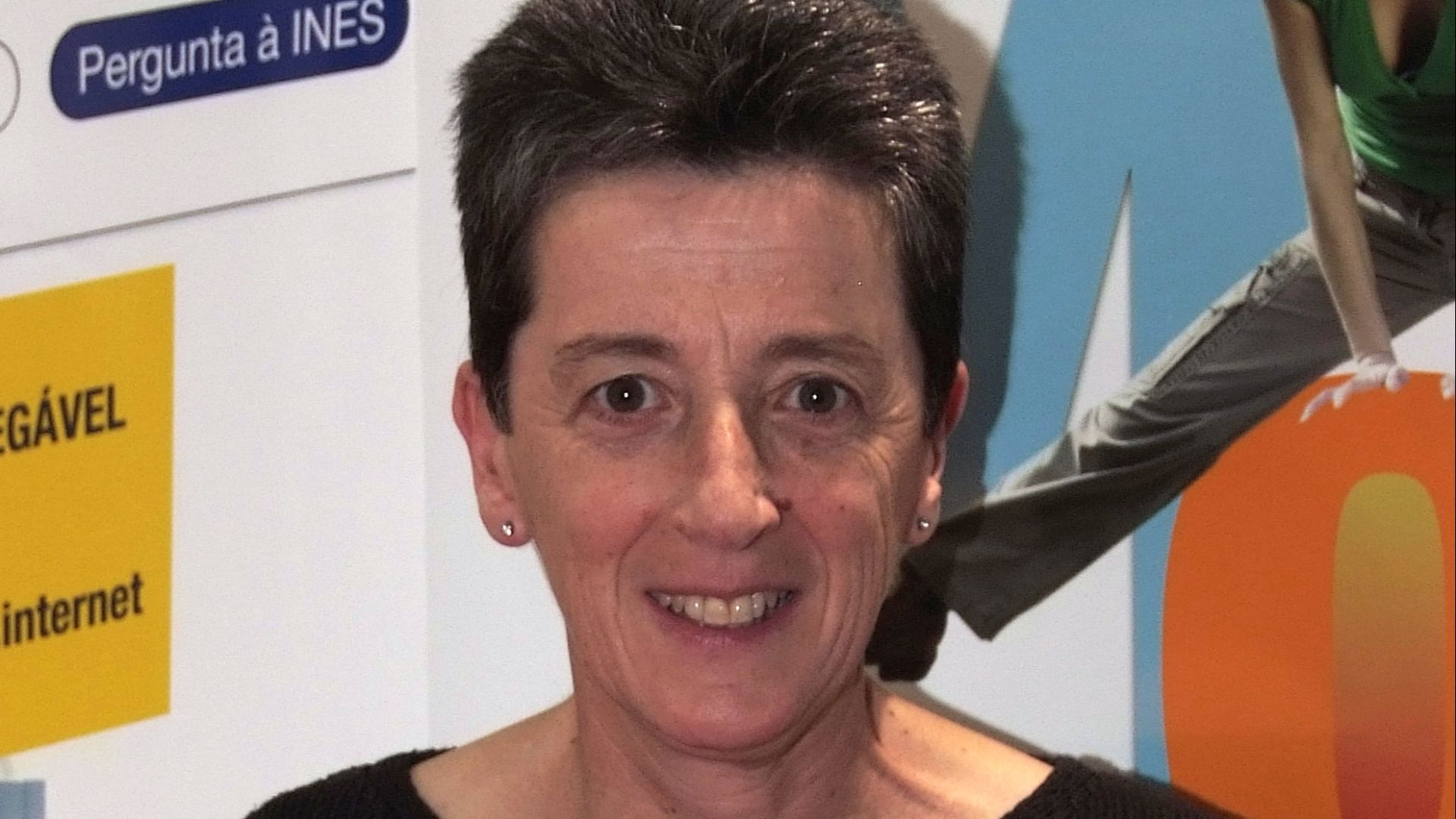 Manuel de Sousa, Wikimedia Commons
Manuel de Sousa, Wikimedia Commons
Nicholas Winton
For decades, Nicholas Winton, a British stockbroker, never mentioned that he helped evacuate 669 Jewish children from Czechoslovakia by arranging trains and homes in 1939. His family found the records in his attic, and he just said it was the right thing to do. The world deservingly called him "Britain's Schindler".
Ken Saro-Wiwa
Ken Saro-Wiwa didn't carry a gun; he carried a pen. A Nigerian writer and activist, he led peaceful resistance against Shell's oil pollution in Ogoniland. The regime executed him in 1995. But his passing sparked global outrage and intensified scrutiny of multinational corporate accountability in vulnerable regions.
 PIUS UTOMI EKPEI , Getty Images
PIUS UTOMI EKPEI , Getty Images
Malvina Reynolds
Her song "Little Boxes" became a folk anthem, picked up by civil rights and anti-war groups nationwide. In the 1960s, Malvina Reynolds began writing protest songs. A schoolteacher-turned-songwriter, she found her voice when others fell silent and showed that it's never too late to speak up.
 Rainbow Quest: Malvina Reynolds - No Hole in My Head by prcouncil
Rainbow Quest: Malvina Reynolds - No Hole in My Head by prcouncil
Rosalie Edge
Rosalie Edge exposed financial mismanagement within the Audubon Society in the 1930s. A former suffragist, she demanded transparency and reform and purchased a mountain to protect migrating raptors. Her efforts reshaped American conservation and led to Hawk Mountain Sanctuary—the world's first preserve for birds of prey.
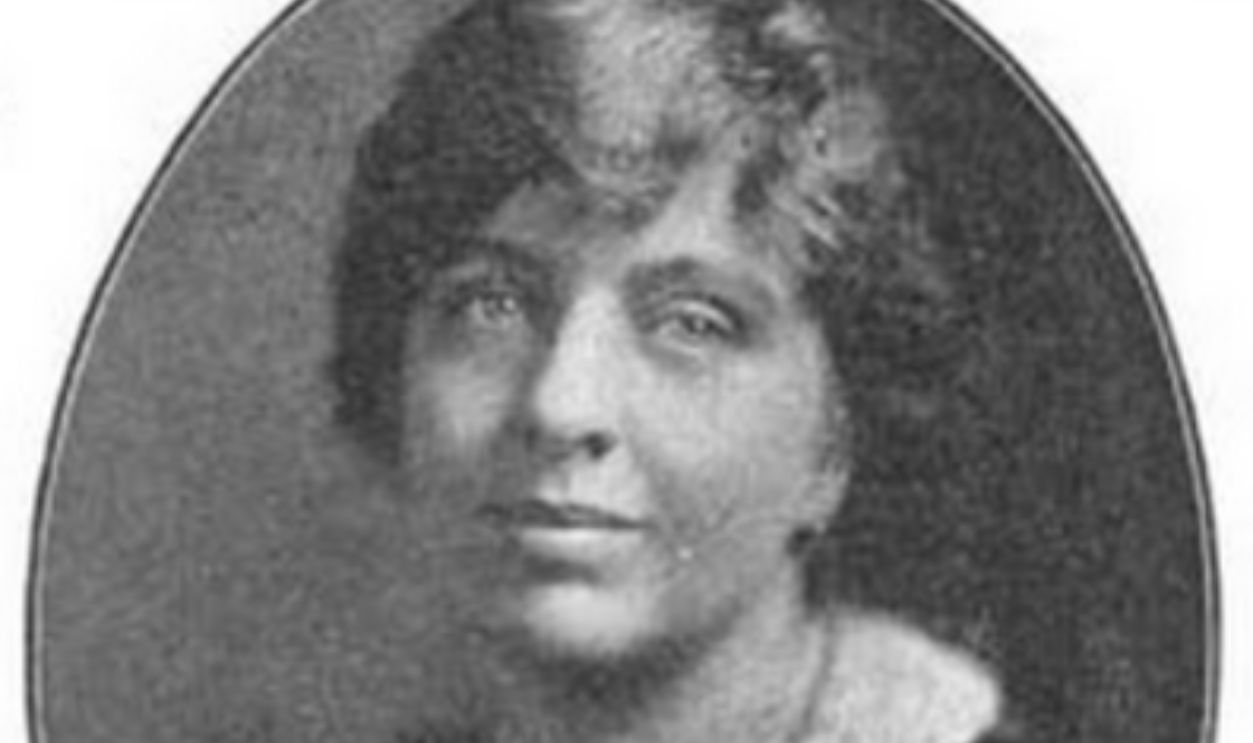 Unknown Author , Wikimedia Commons
Unknown Author , Wikimedia Commons
Anna Jarvis
She fought for it, then fought against what it became. Anna Jarvis led the campaign that secured national recognition for Mother’s Day in 1914. She later condemned its commercialization, criticizing florists, greeting card companies, and retailers for exploiting the holiday.
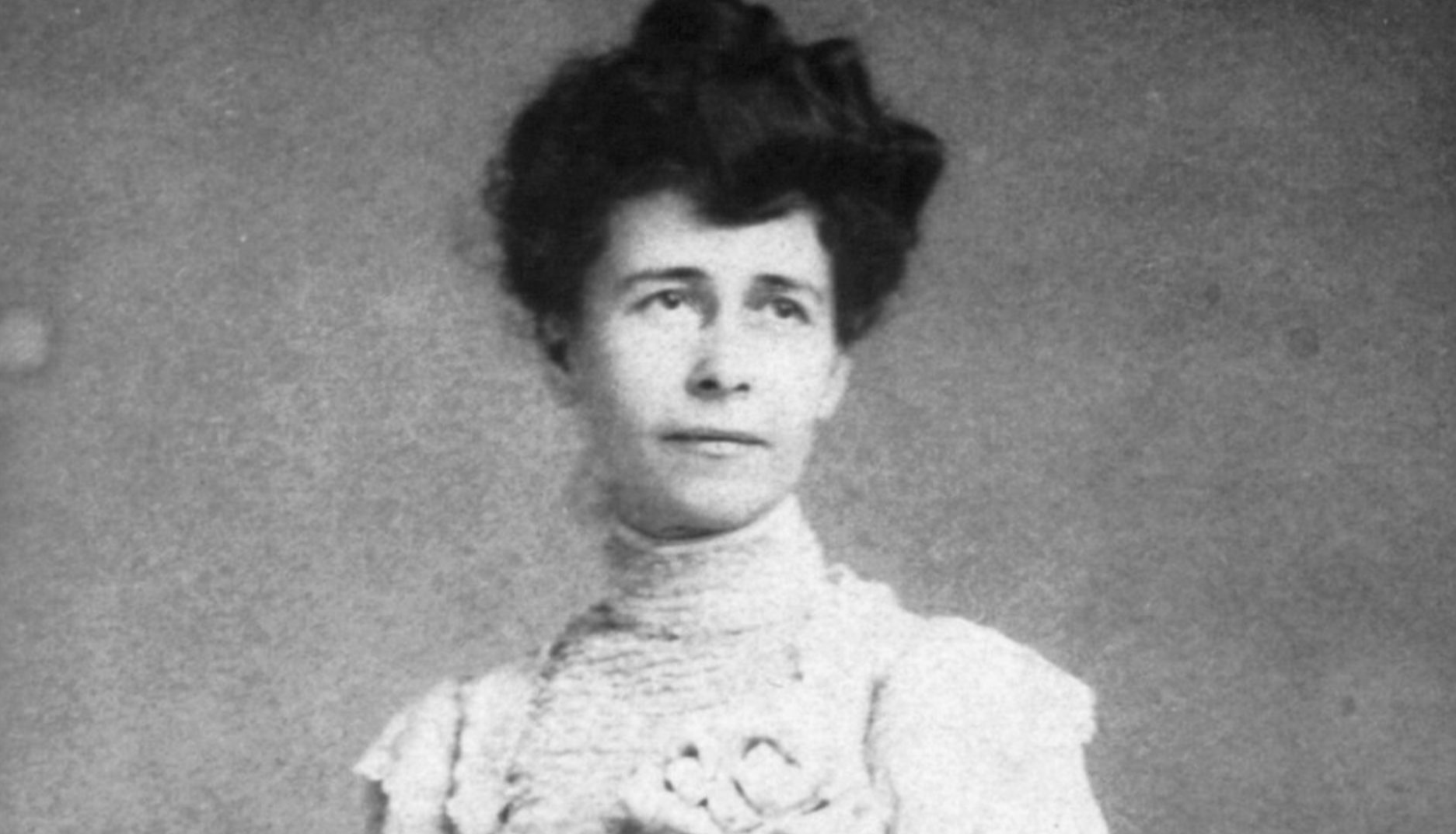 Johnston, Frances Benjamin, 1864-1952, photographer, Wikimedia Commons
Johnston, Frances Benjamin, 1864-1952, photographer, Wikimedia Commons
Tony Vaccaro
During WWII, Tony Vaccaro served in the 83rd Infantry Division and secretly carried a 35mm Argus C3 camera into combat. He took nearly 8,000 frontline photographs and developed them using water in his helmet. His collection now stands as a critical eyewitness archive of the battle.
Richard Montanez
He rose through Frito-Lay's ranks to become one of its highest-profile Latino executives. In the 1980s, Richard Montanez claimed he pitched the idea for Flamin' Hot Cheetos after seasoning plain snacks. While later investigations disputed this origin story, his corporate rise became a symbol of aspiration and representation.
 COD Newsroom, Wikimedia Commons
COD Newsroom, Wikimedia Commons
Darnella Frazier
At just 17, Darnella Frazier filmed the fatal arrest of George Floyd by Minneapolis police in May 2020. Her nine-minute video contradicted the official report, sparked global demonstrations, and was central to the officer's conviction. She later received a special Pulitzer citation for her role.
 2020 PEN America Virtual Gala: Honoring Darnella Frazier by PEN America
2020 PEN America Virtual Gala: Honoring Darnella Frazier by PEN America
James Blunt
While serving in Kosovo in 1999, British officer James Blunt reportedly defied an order to confront Russian troops at Pristina Airport. Supported by General Wesley Clark but vetoed by a British general, Blunt’s hesitation helped prevent a direct NATO-Russian conflict. The future pop star once paused at the brink of war.
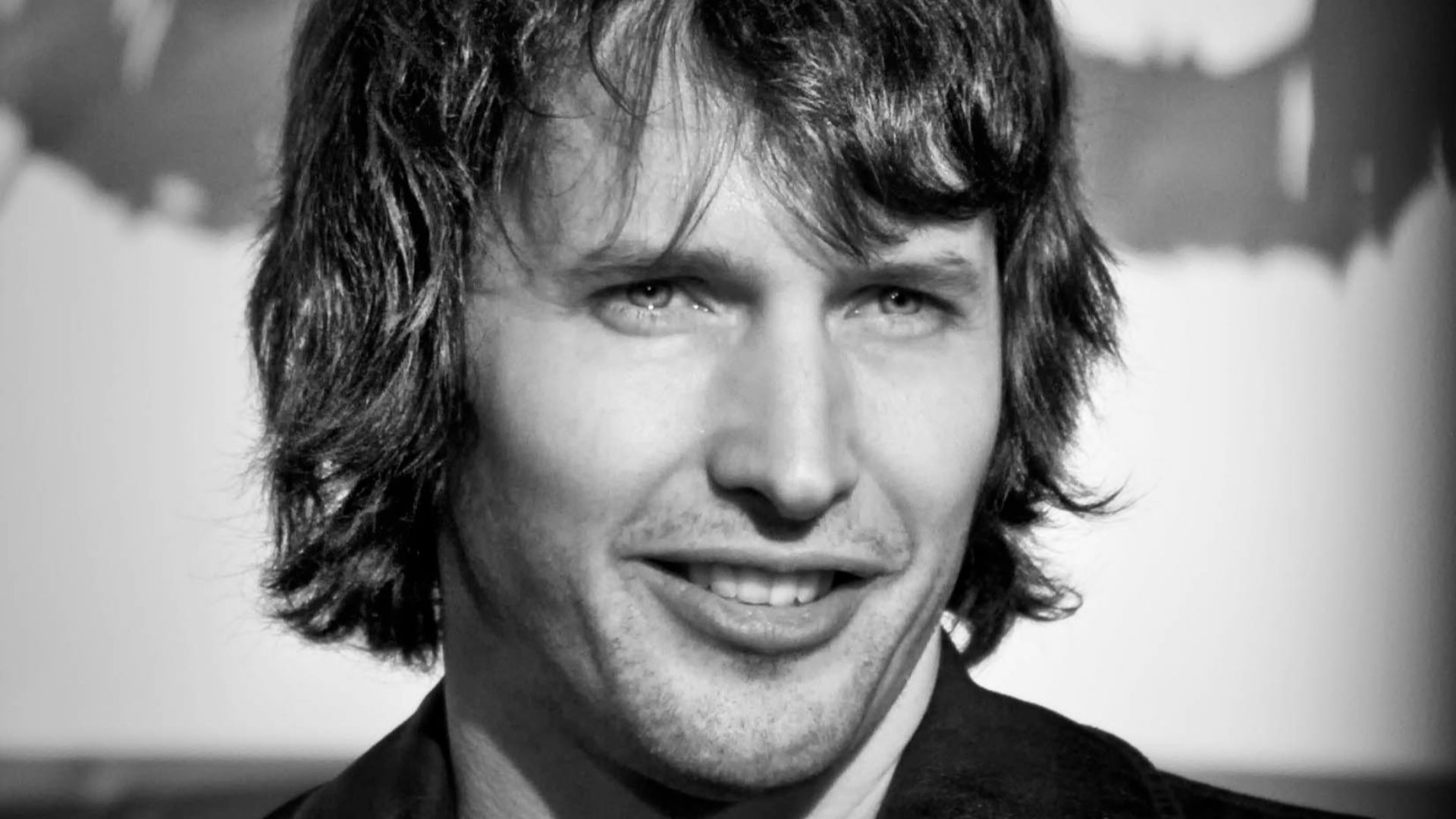 Noemi Nunez Jimenez, Wikimedia Commons
Noemi Nunez Jimenez, Wikimedia Commons
Art Fry
In 1974, Art Fry, a product developer at 3M, needed a better bookmark for his church hymnal. Recalling a low-tack adhesive invented by colleague Spencer Silver, Fry applied it to paper. That idea became the Post-it Note—an accidental innovation that we still use for communication.
Laszlo Biro
Frustrated by smudging fountain pens, Hungarian journalist Laszlo Biro, with help from his chemist brother, patented the ballpoint pen in 1938. Its quick-drying ink and reliability led the British Royal Air Force to adopt it during WWII, which paved the way for global commercial success.
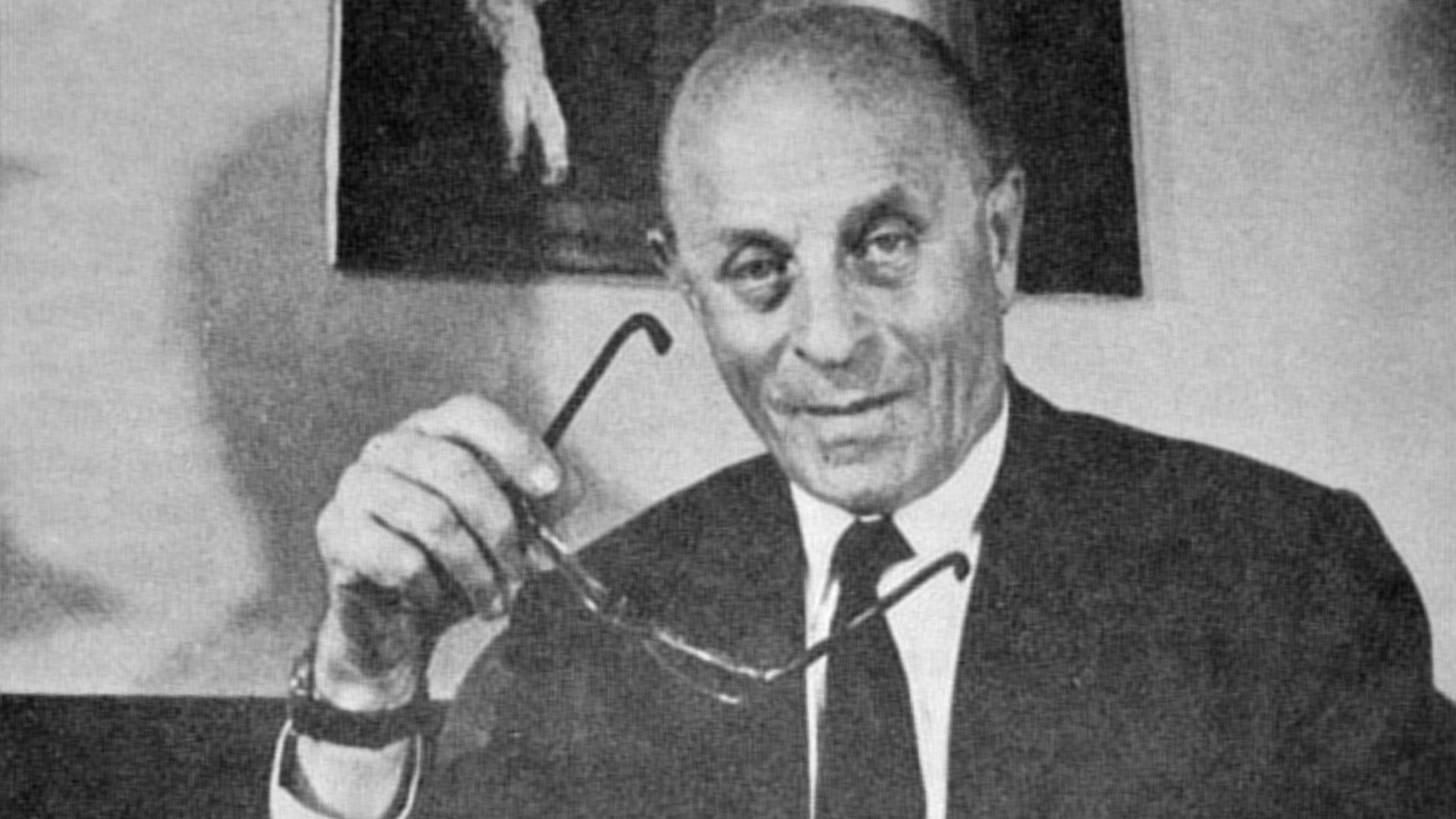 Unknown authorUnknown author, Wikimedia Commons
Unknown authorUnknown author, Wikimedia Commons
Harriet Tubman
After escaping slavery, Harriet Tubman often returned to the South by helping more than 70 people flee via the Underground Railroad. Her bravery extended into the Civil War, where she wFschinorked as a scout and spy for the Union. This was an extraordinary role for a woman at the time.
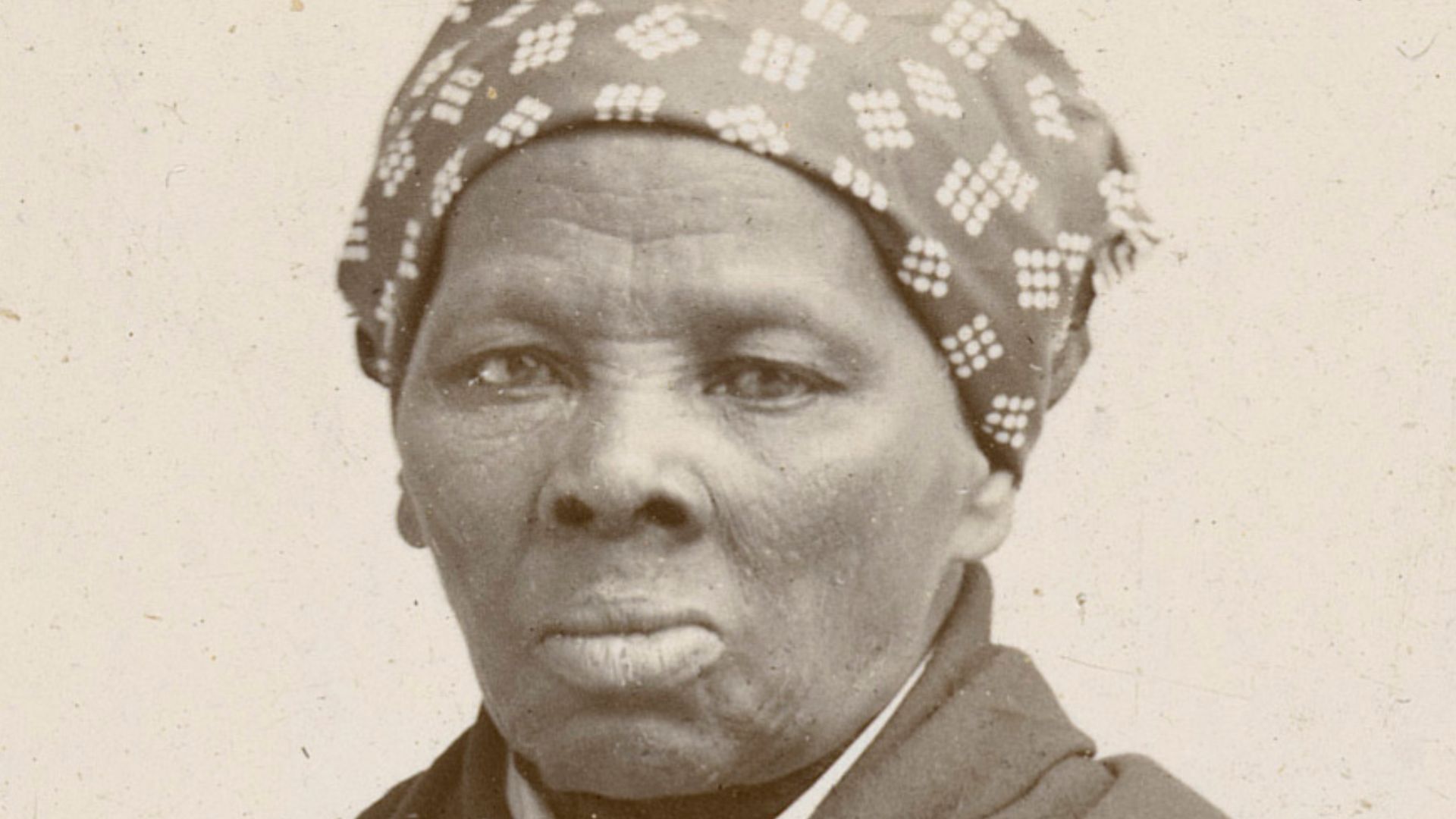 Photographer: Horatio Seymour Squyer, 1848 - 18 Dec 1905, Wikimedia Commons
Photographer: Horatio Seymour Squyer, 1848 - 18 Dec 1905, Wikimedia Commons
Wilson Greatbatch
In 1956, Wilson Greatbatch inserted the wrong resistor while designing a heart-recording device. A heartbeat-like pulse flickered from the circuit—a surprising result of a simple mistake. But that rhythmic blip led to the first implantable pacemaker and a breakthrough that helped extend millions of lives.
 Wilson Greatbatch, 1996 Lemelson-MIT Lifetime Achievement Award Winner by The Lemelson Foundation
Wilson Greatbatch, 1996 Lemelson-MIT Lifetime Achievement Award Winner by The Lemelson Foundation

